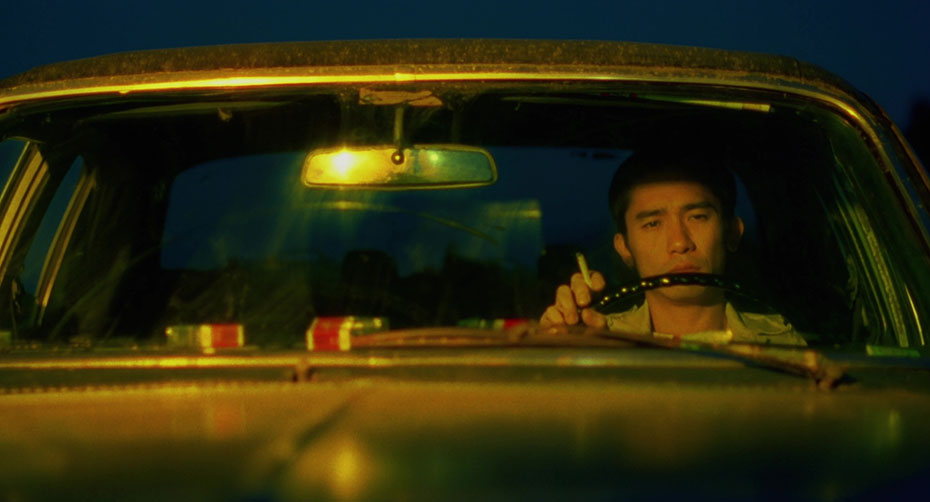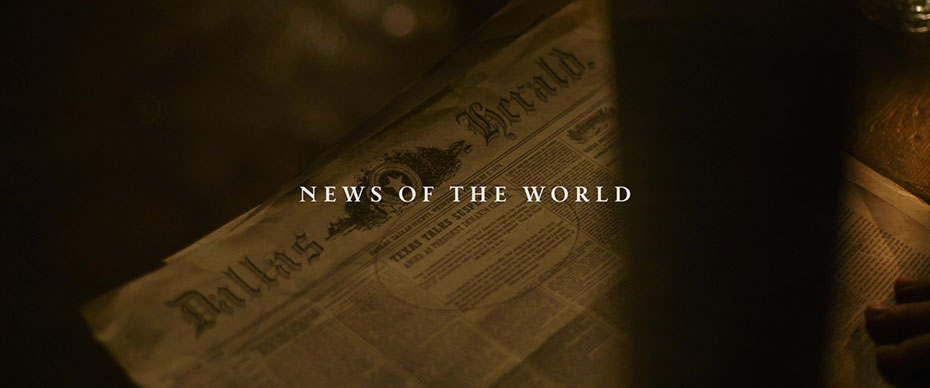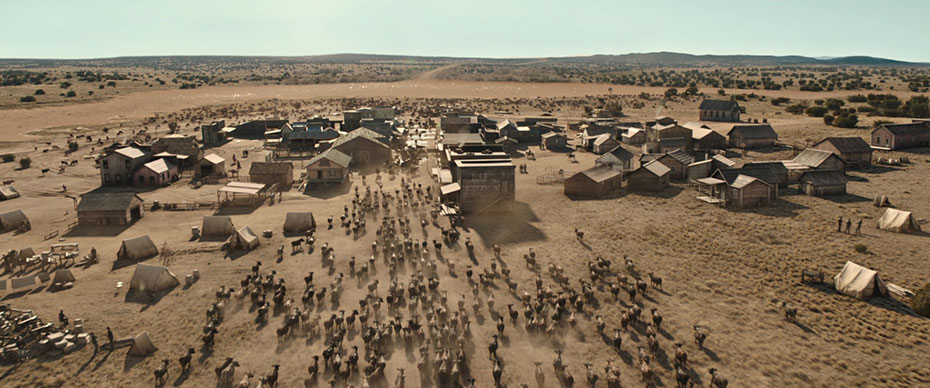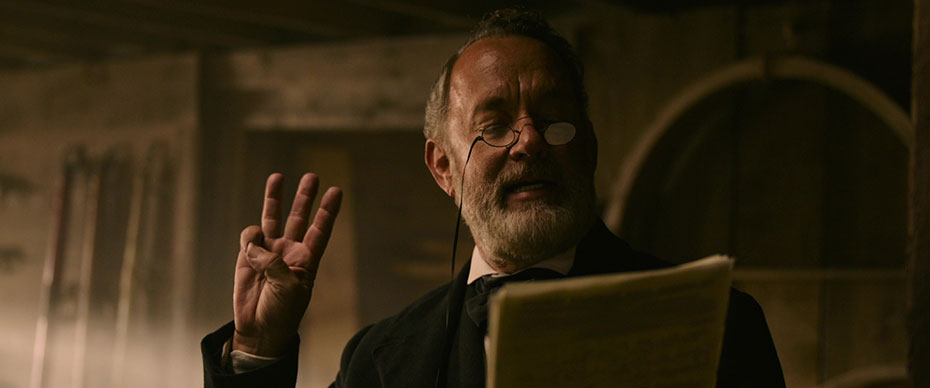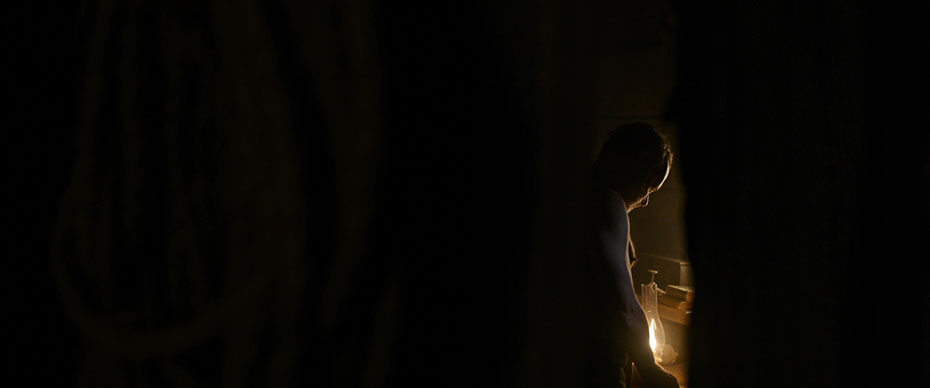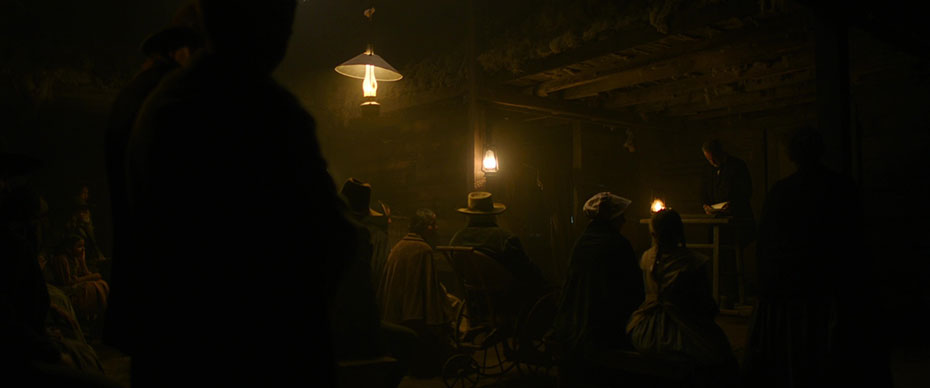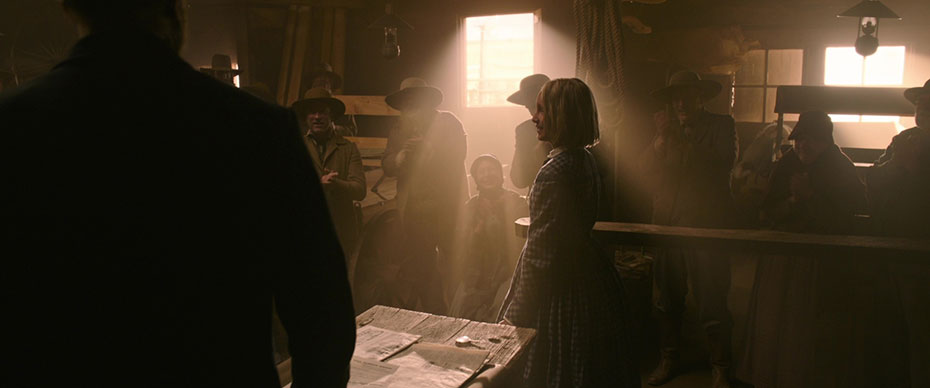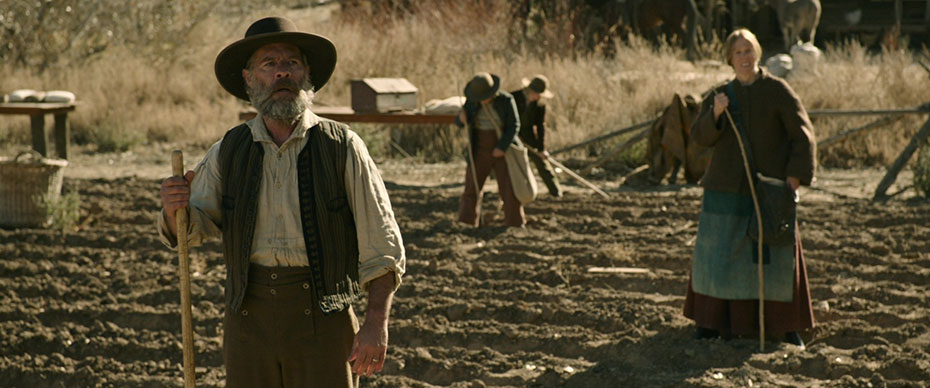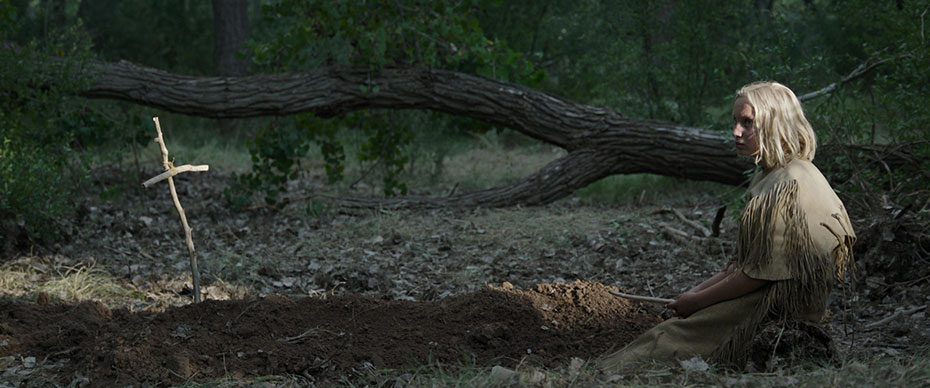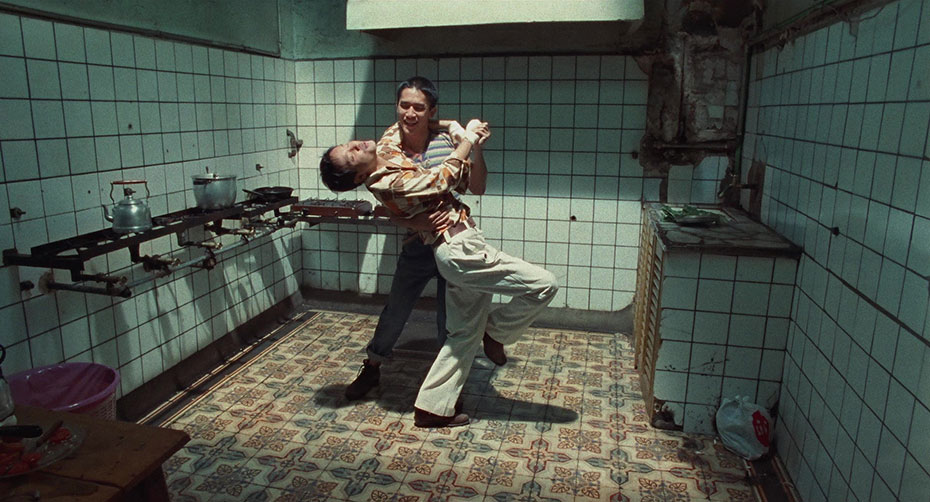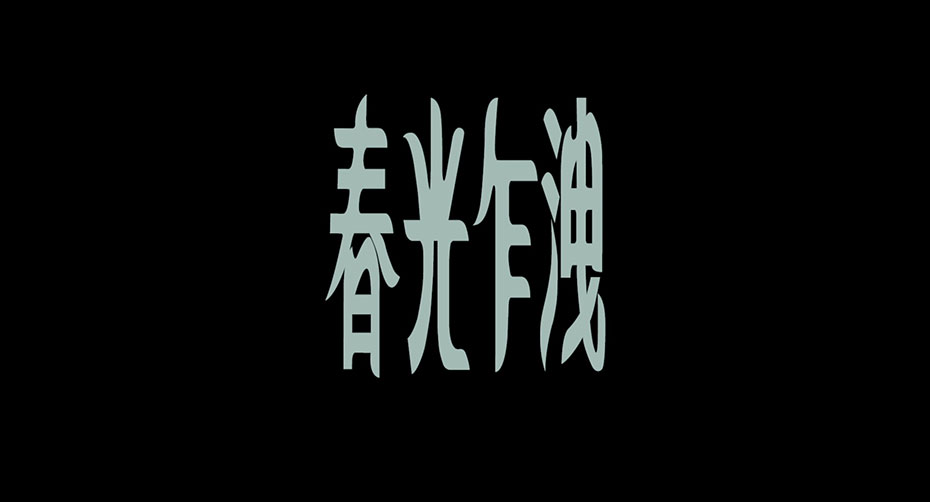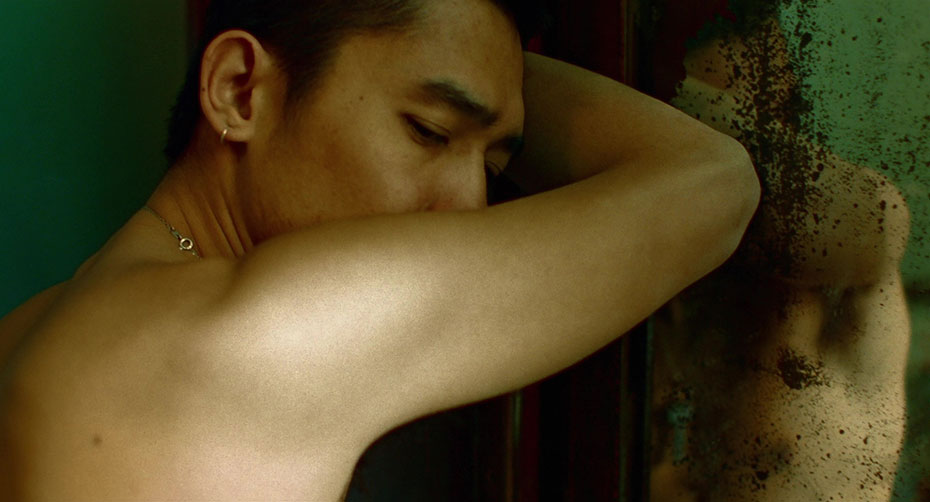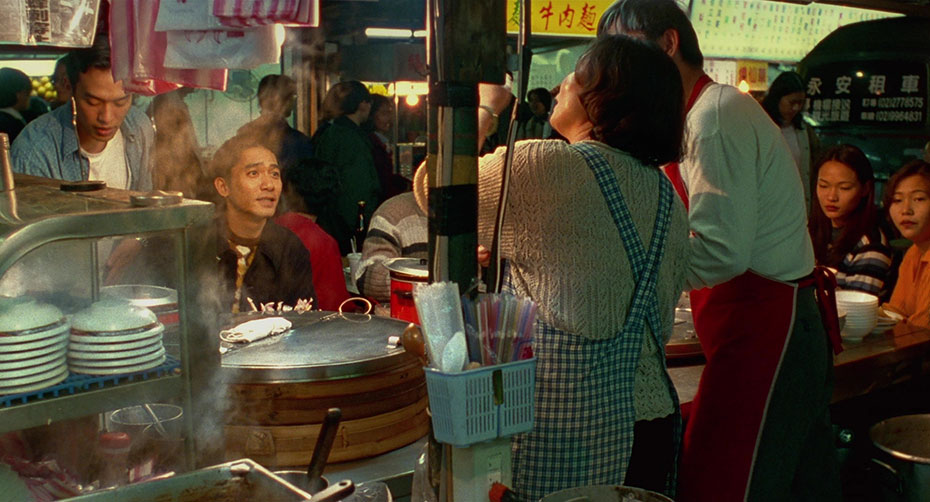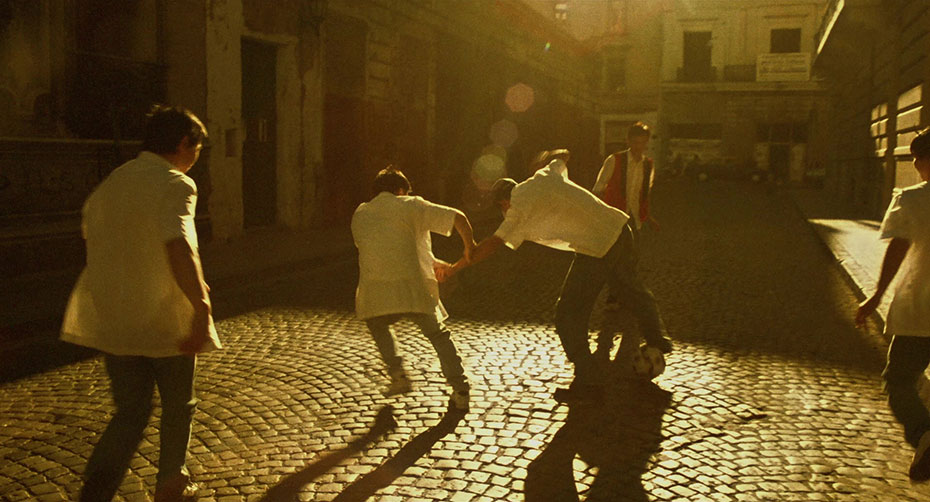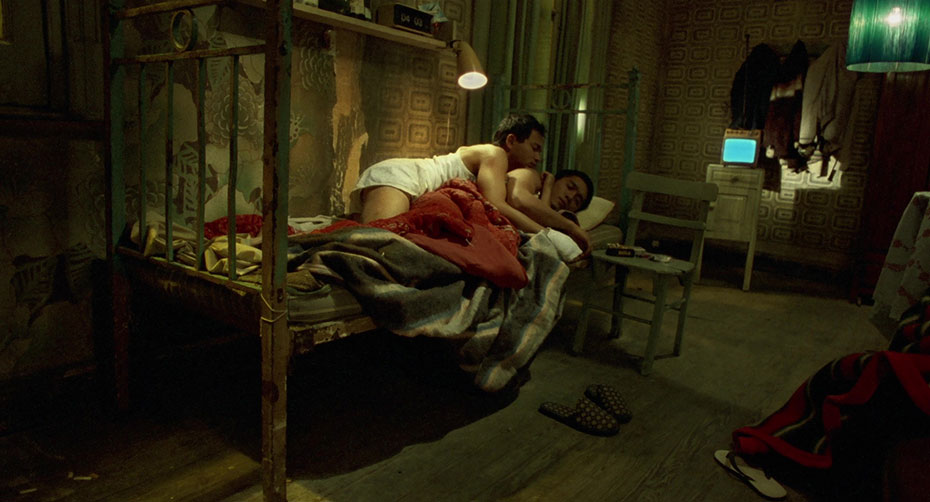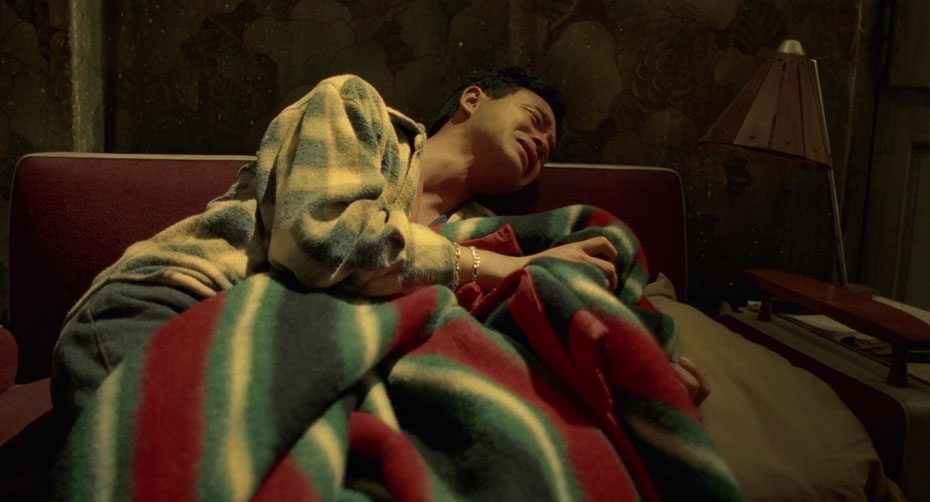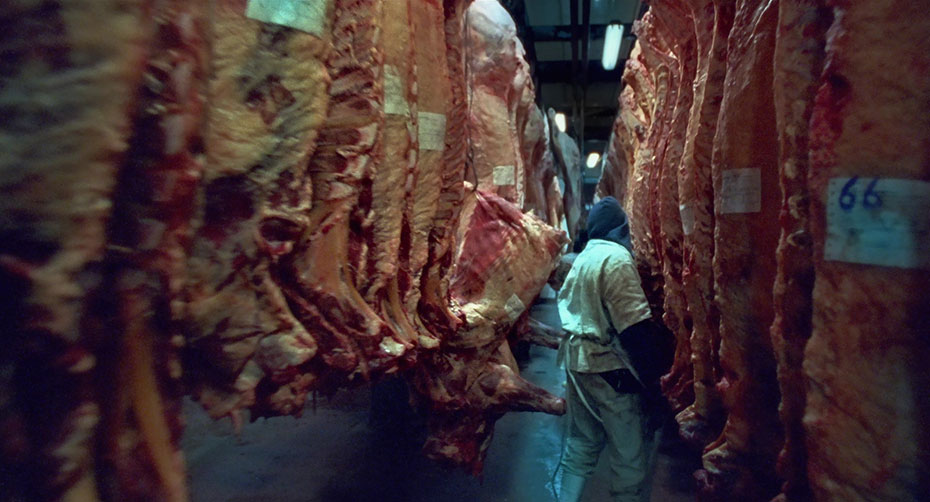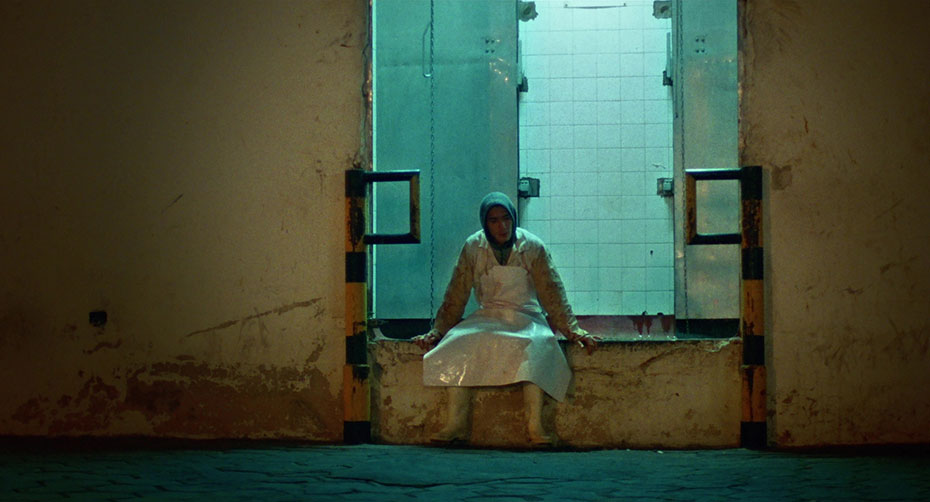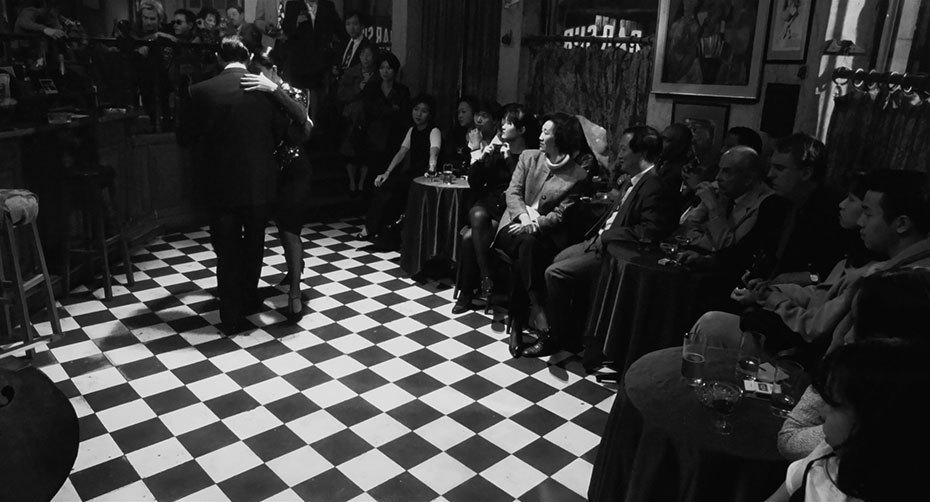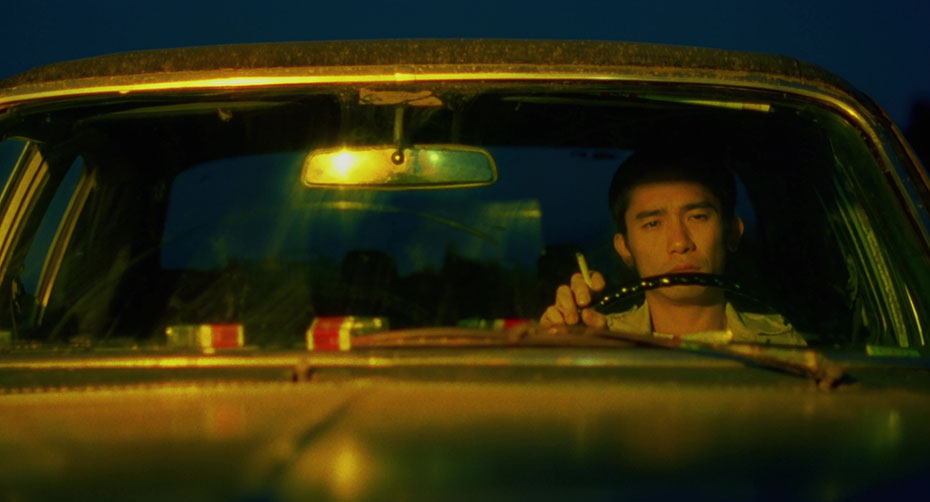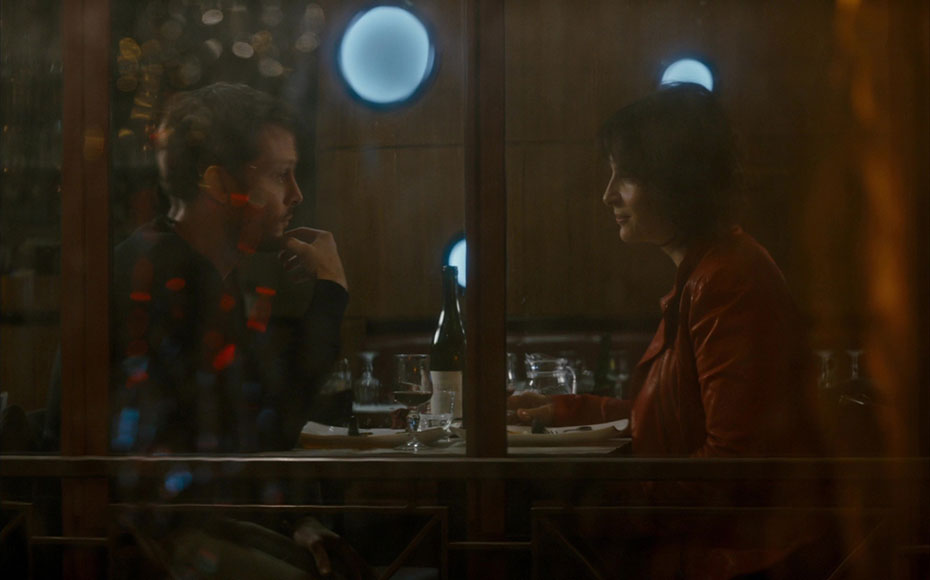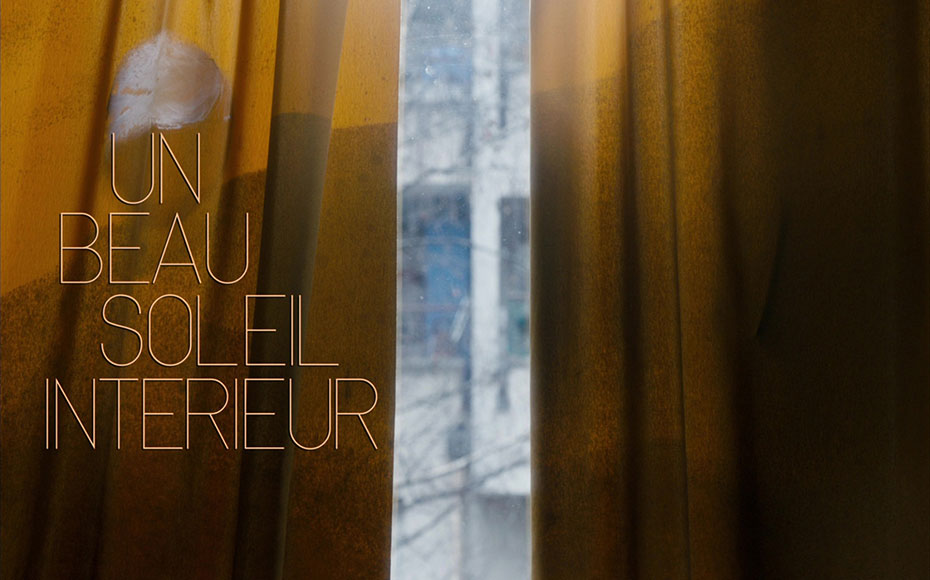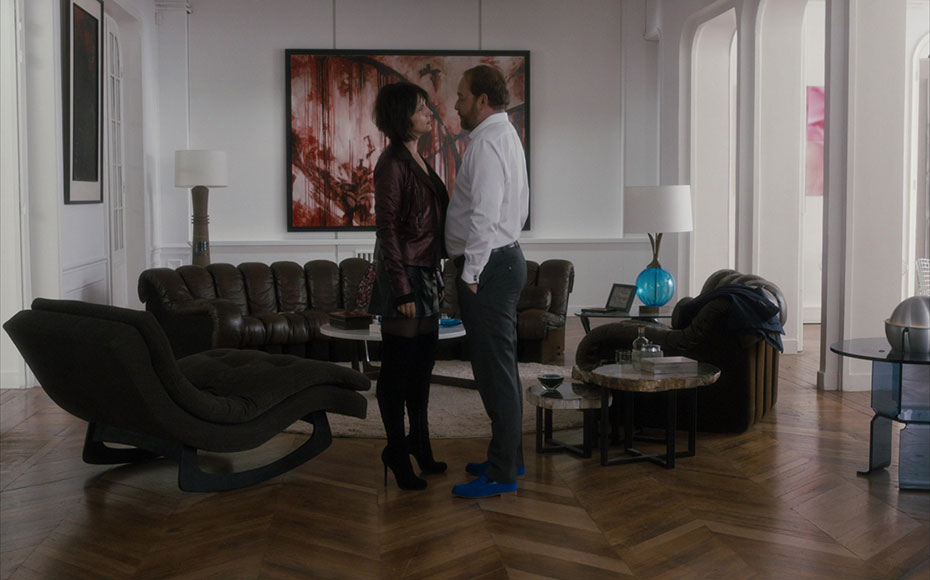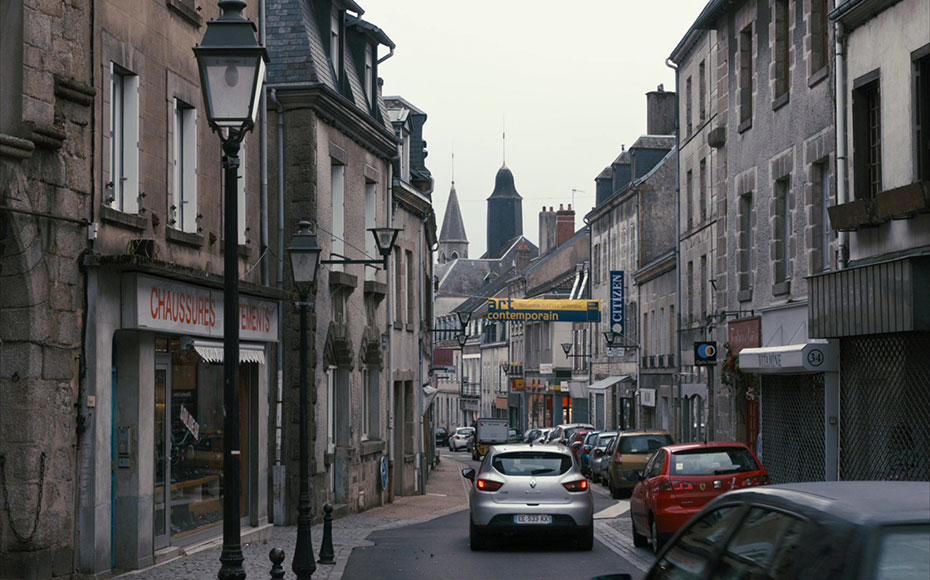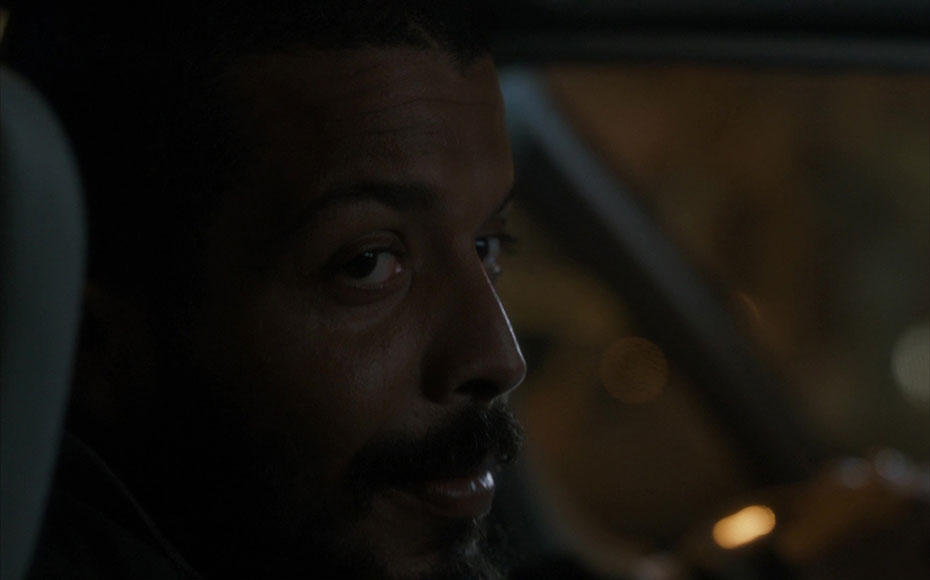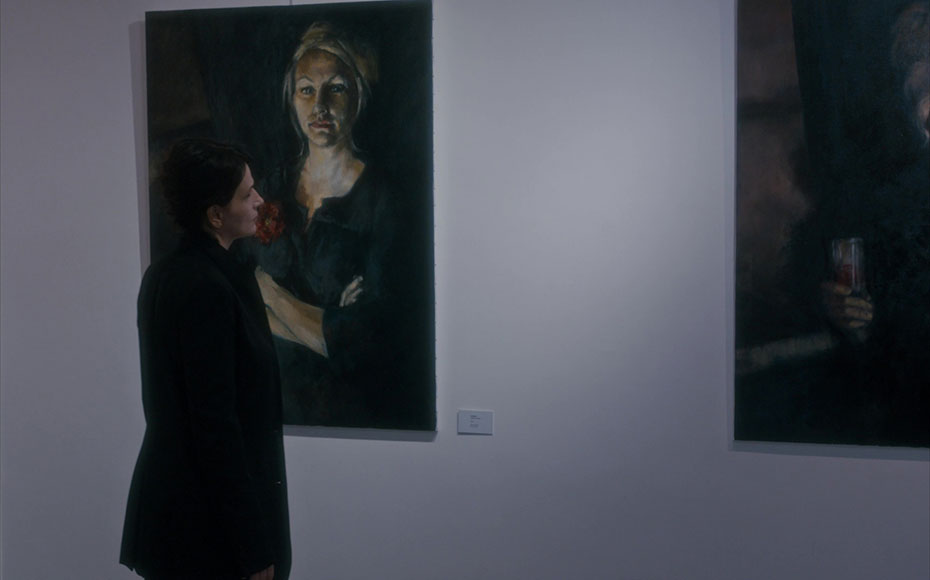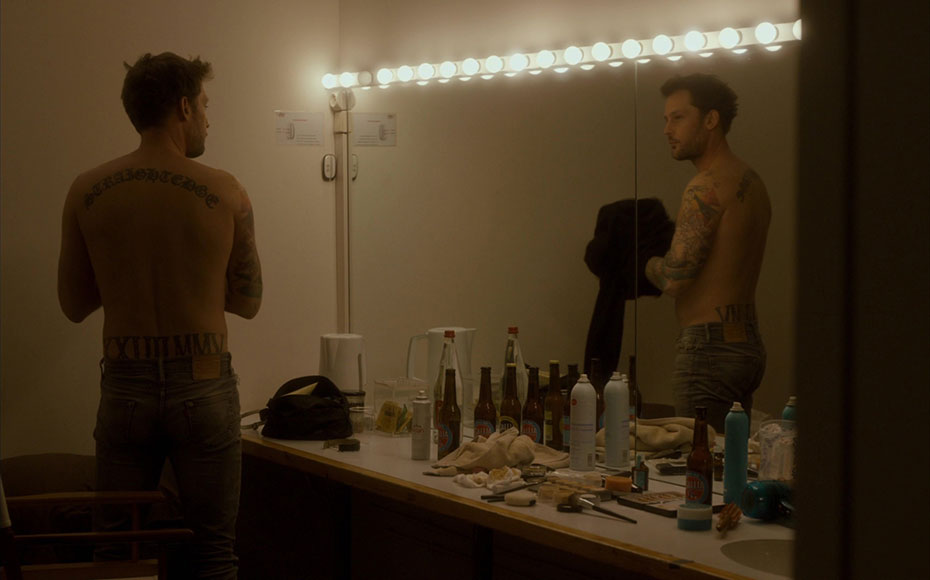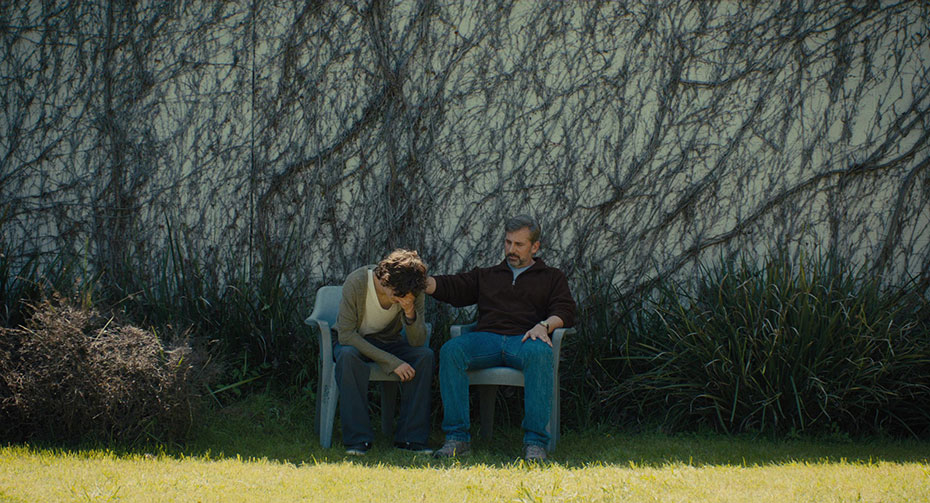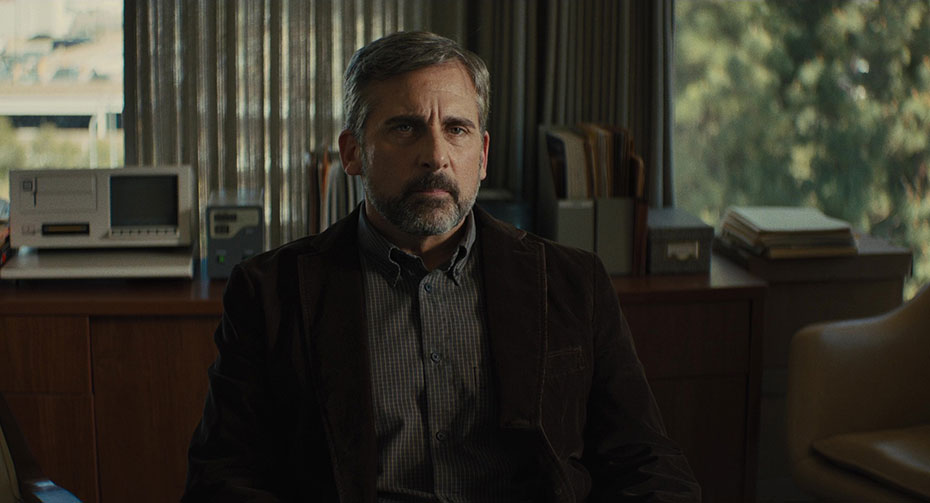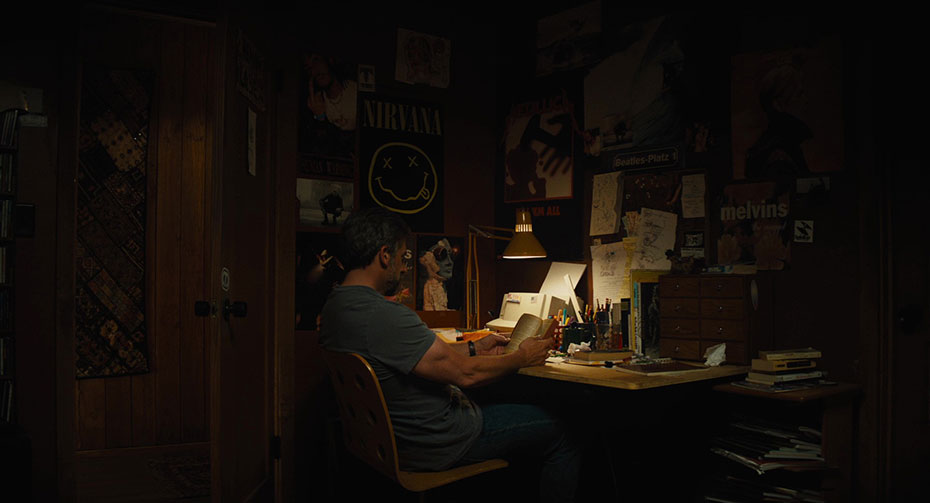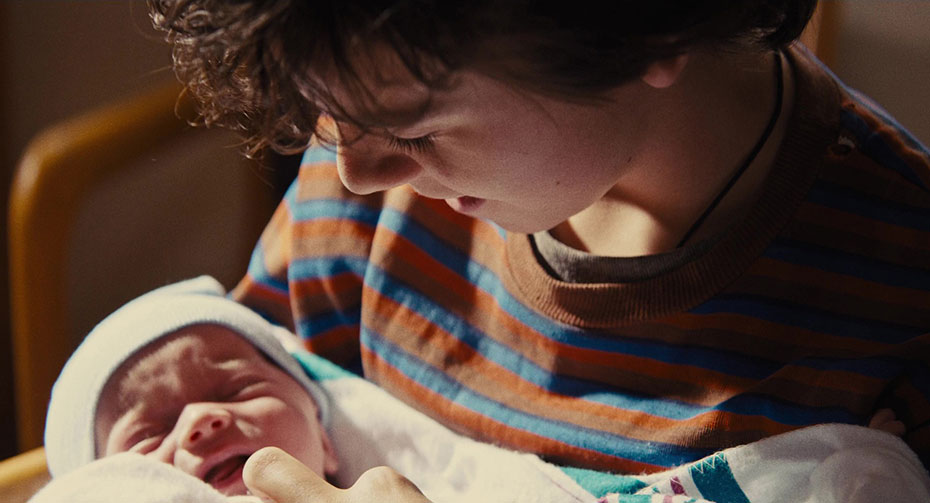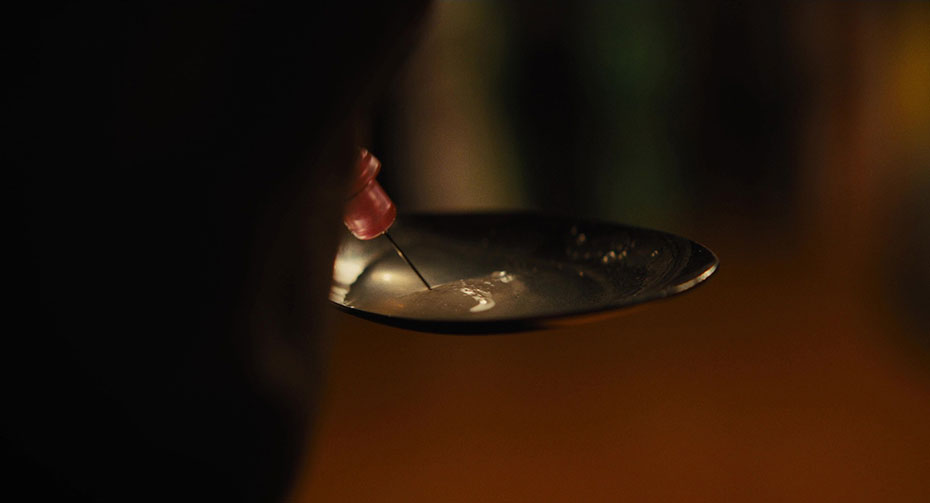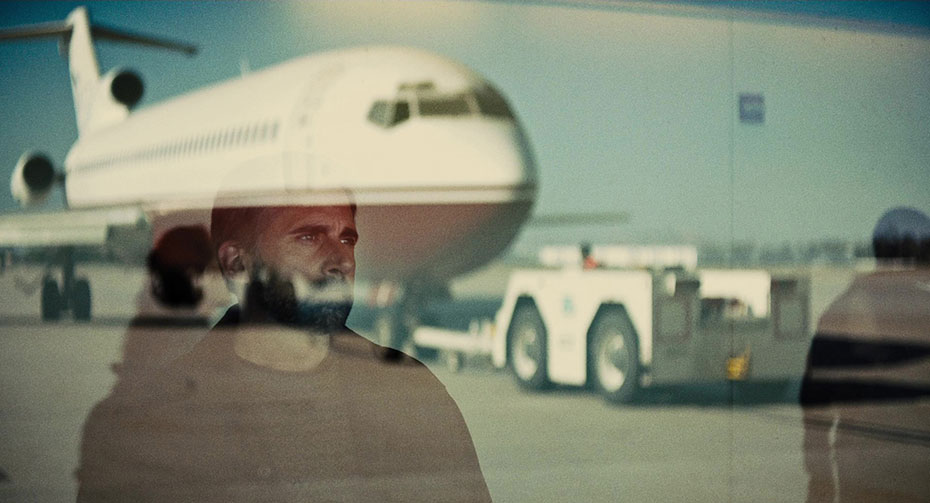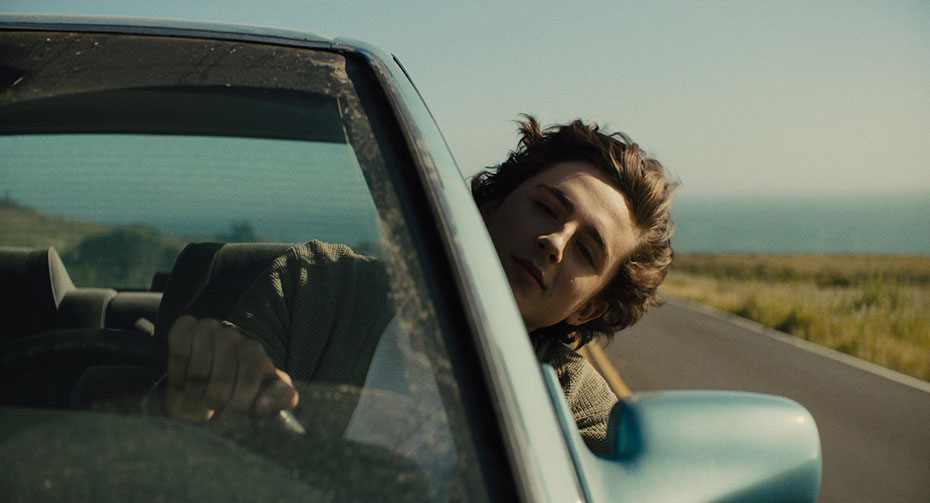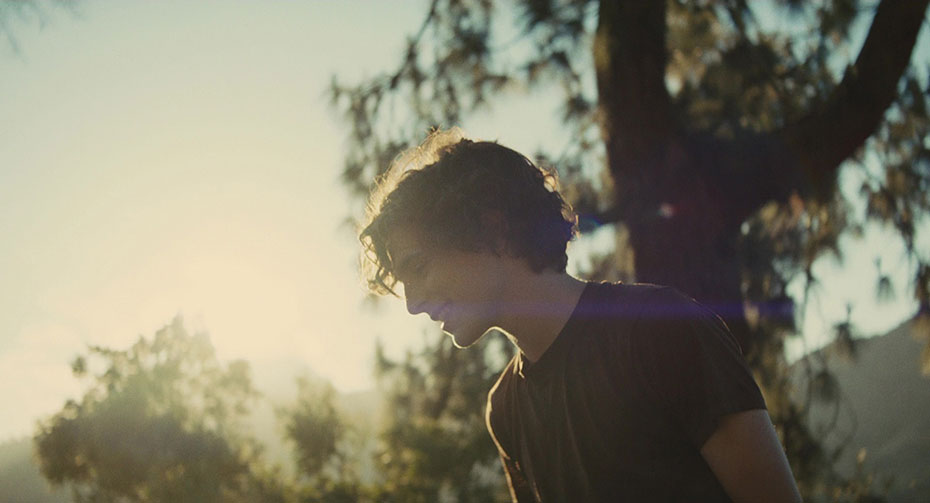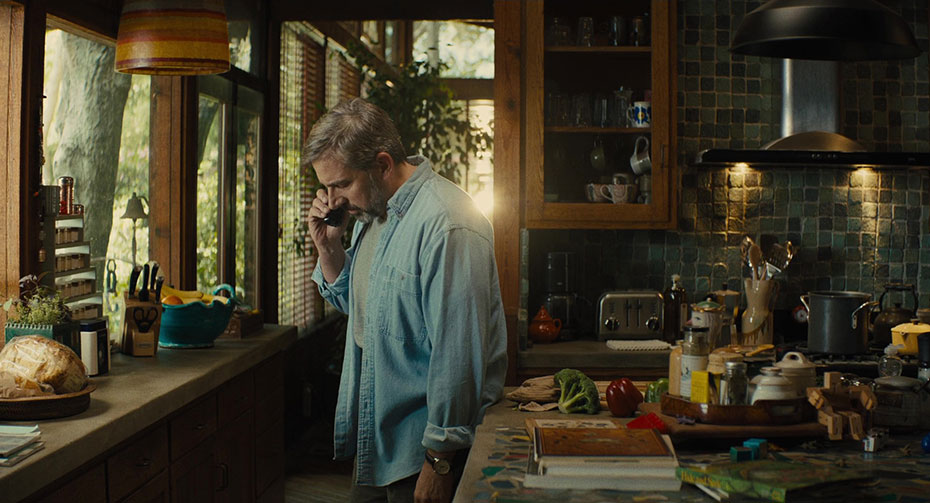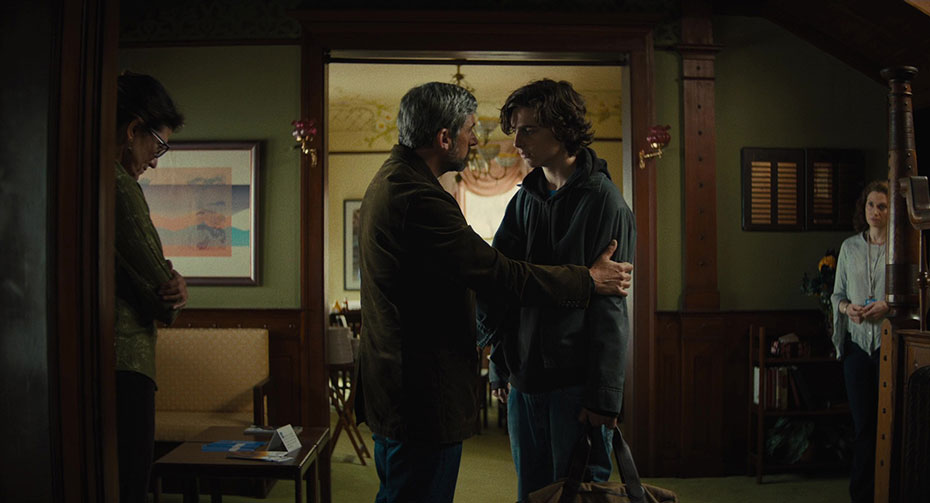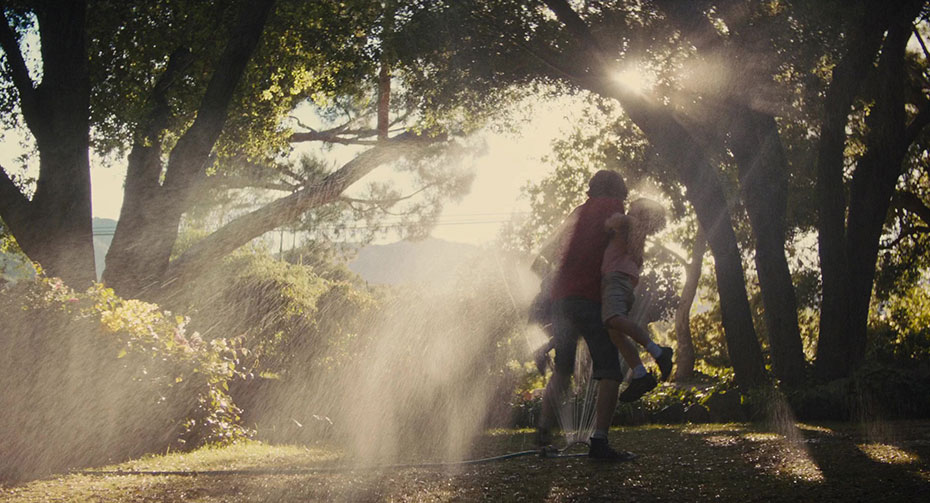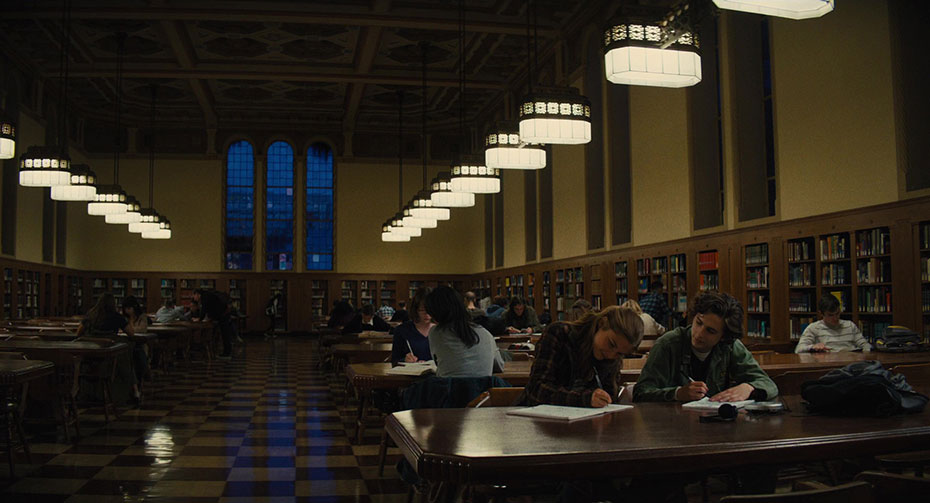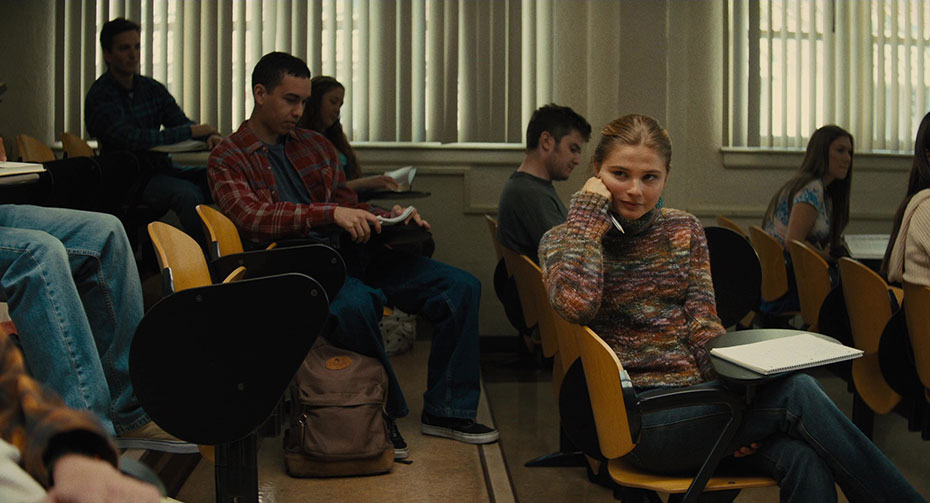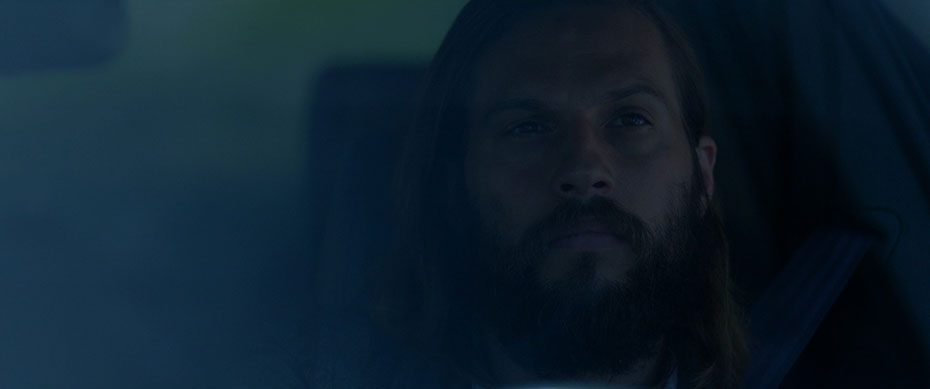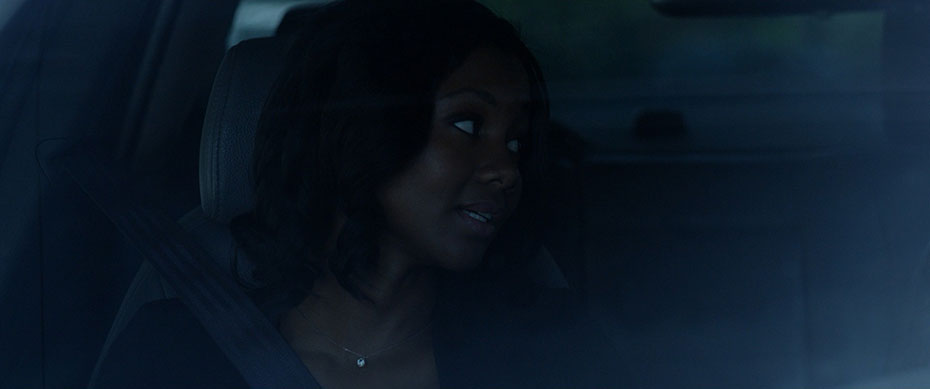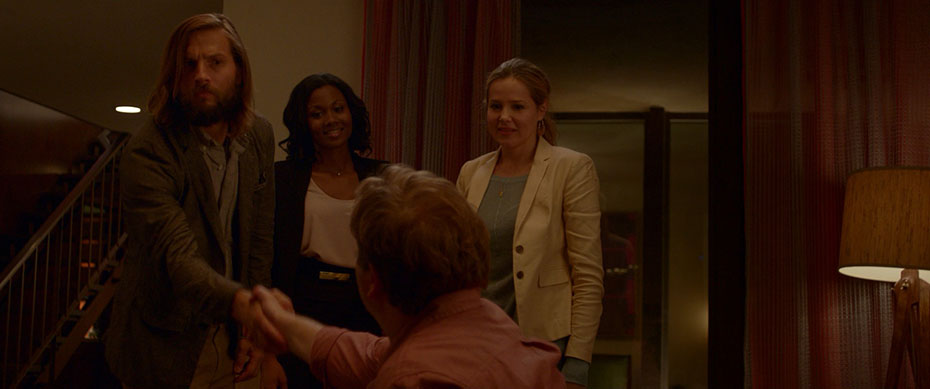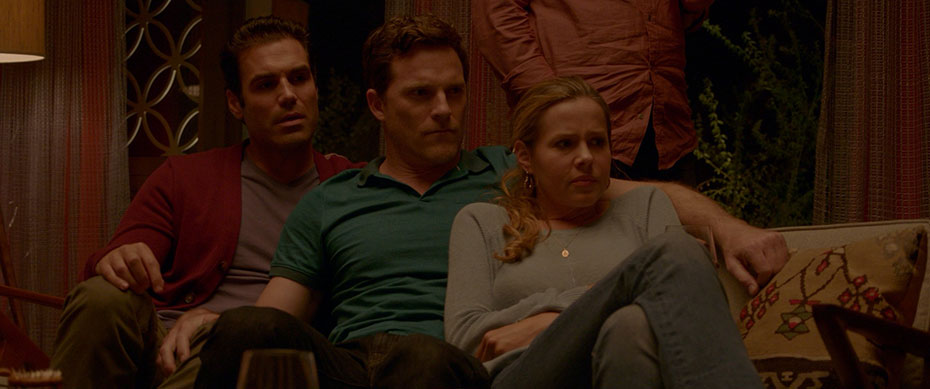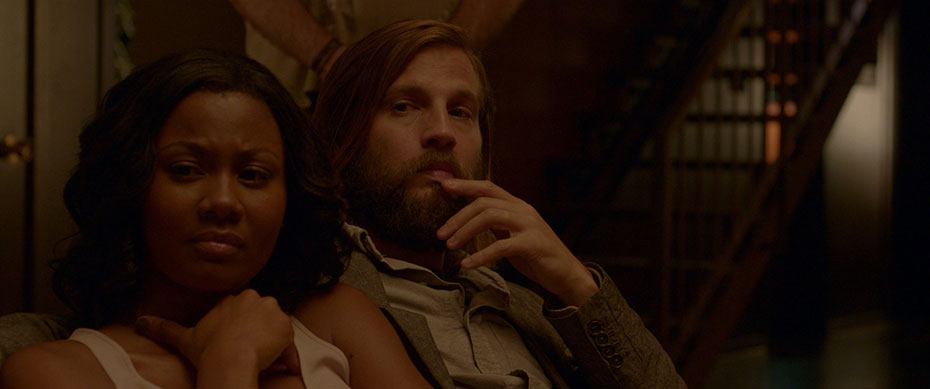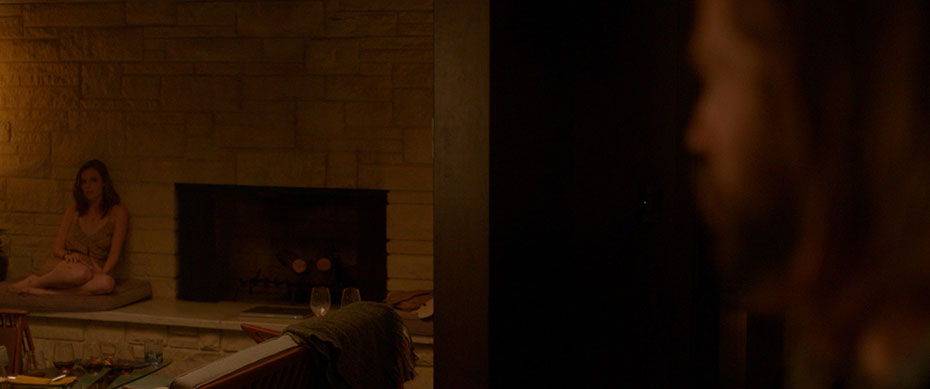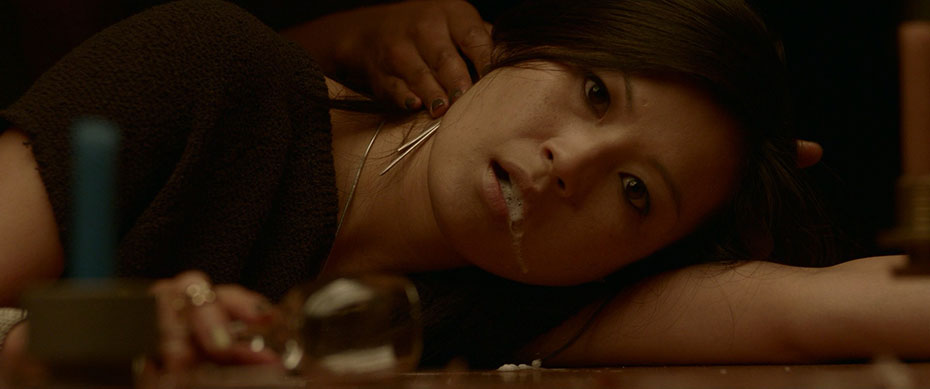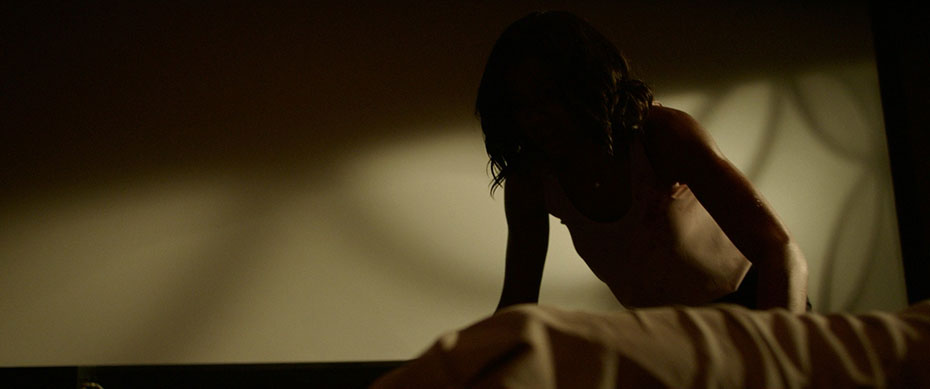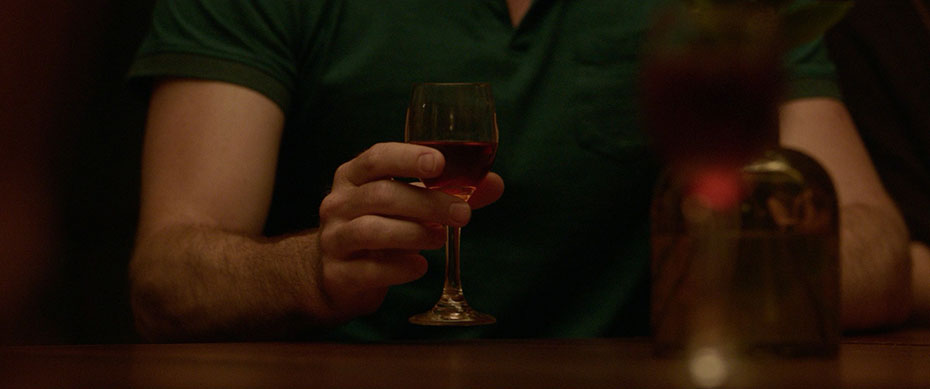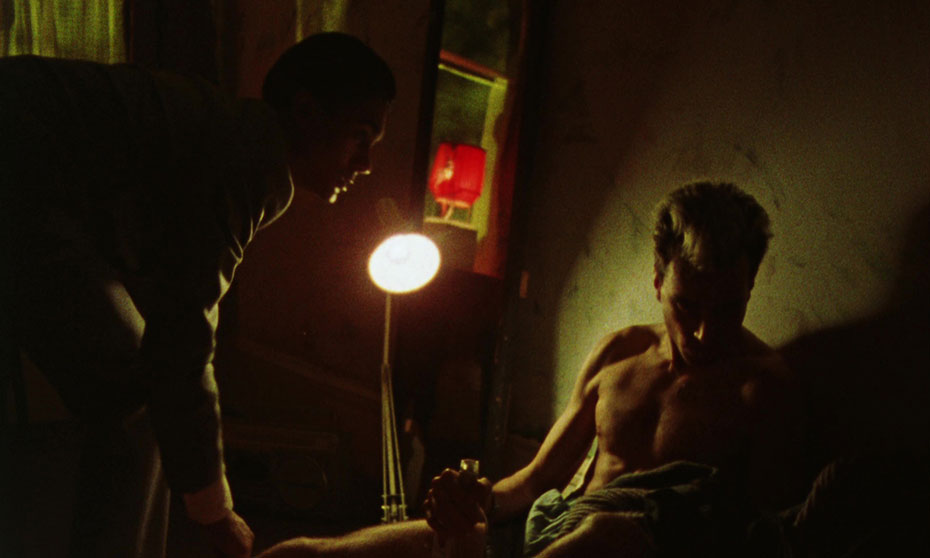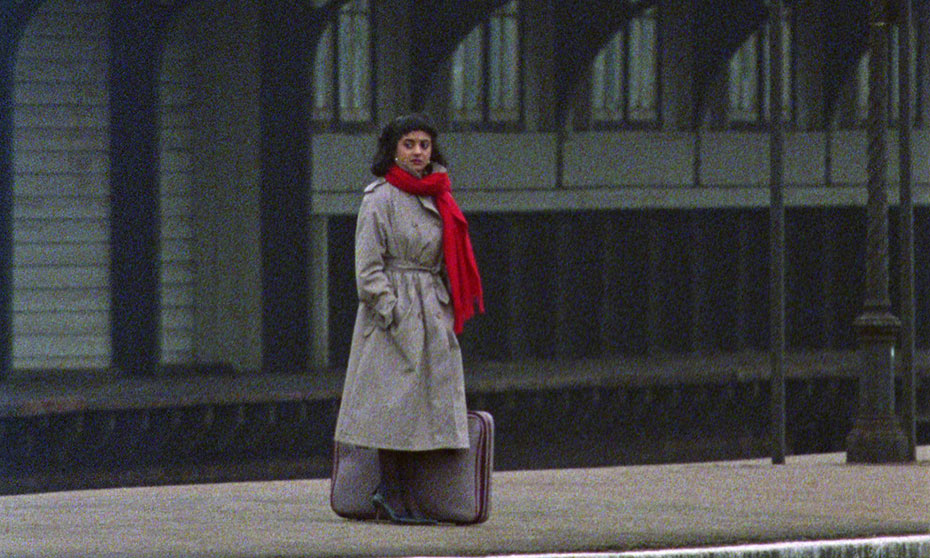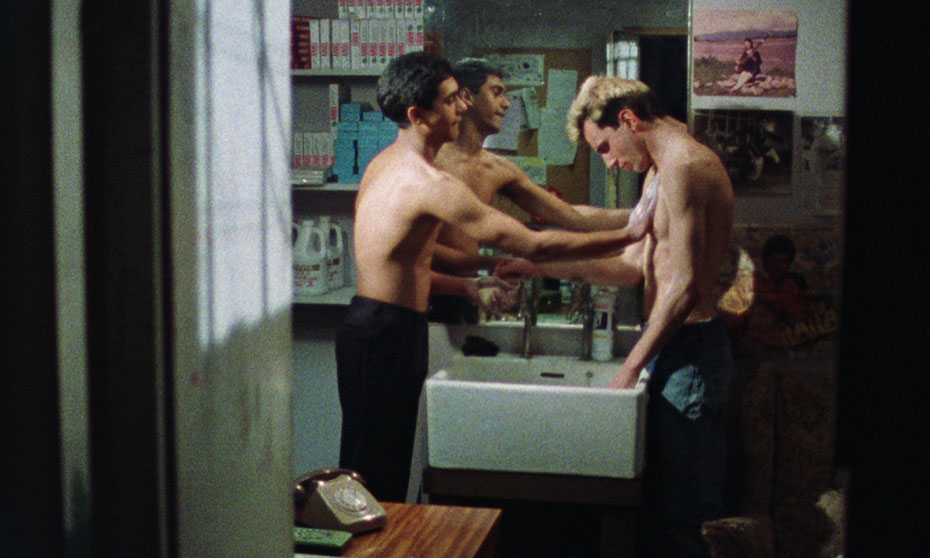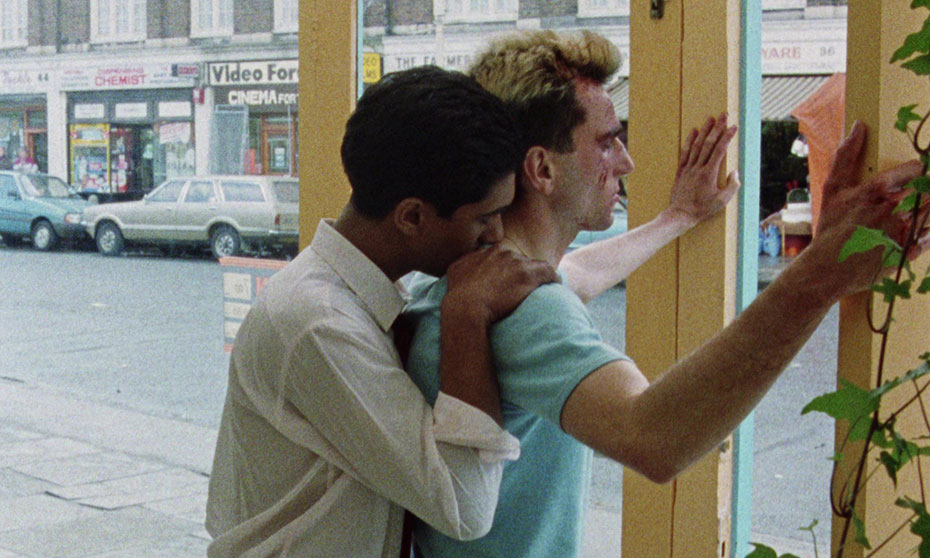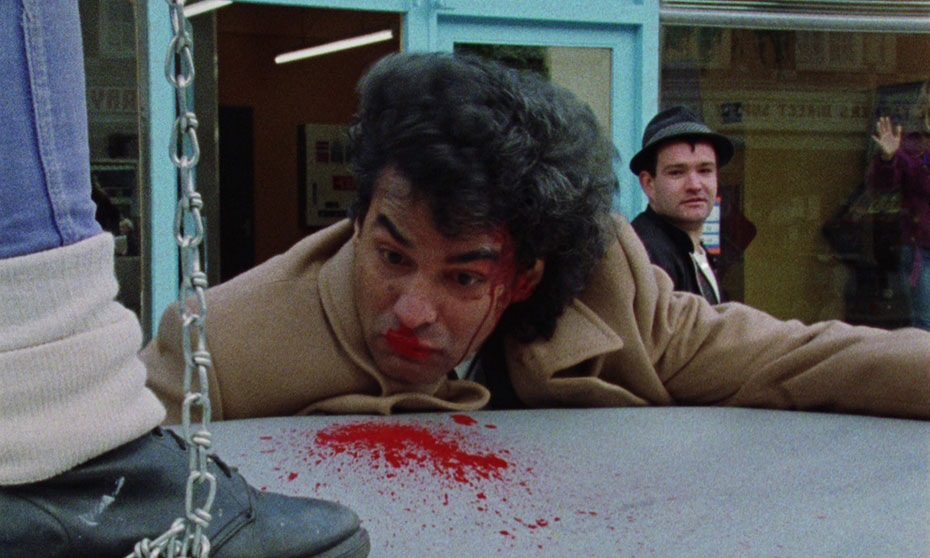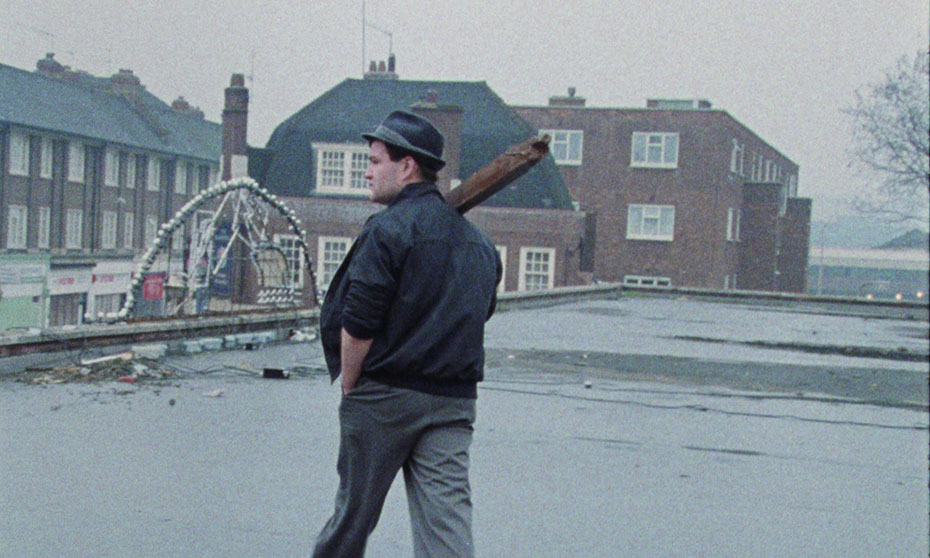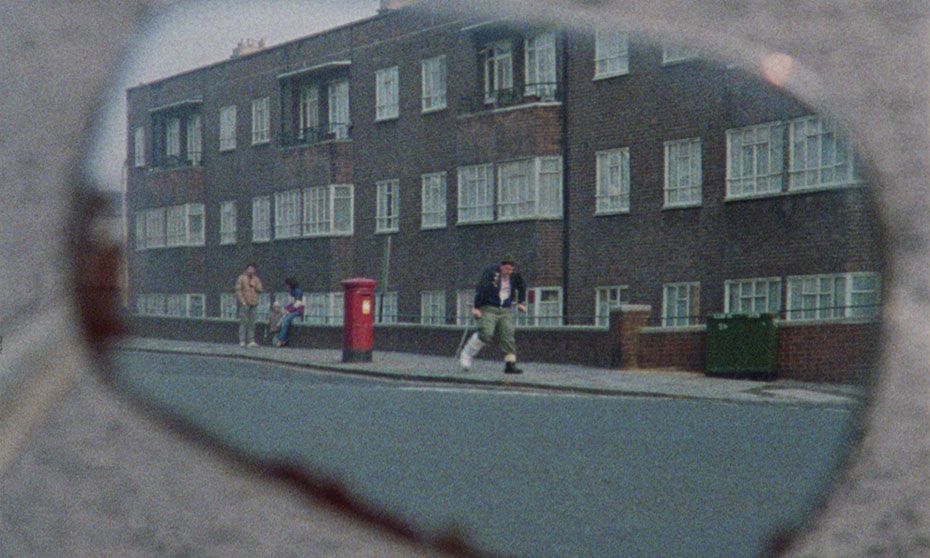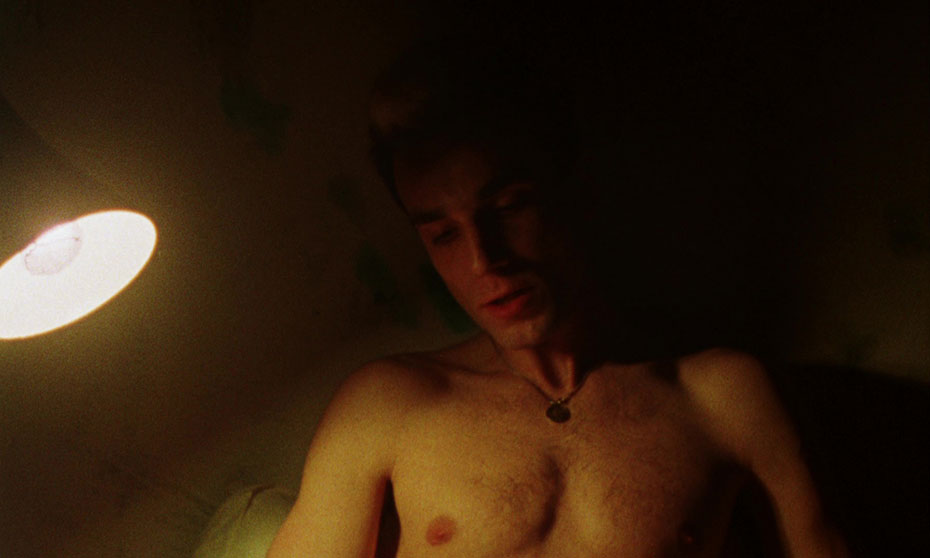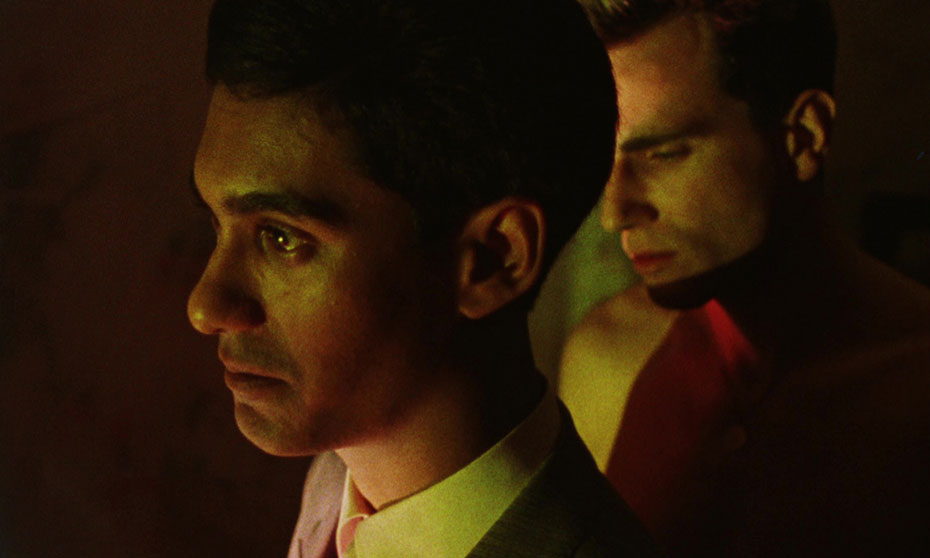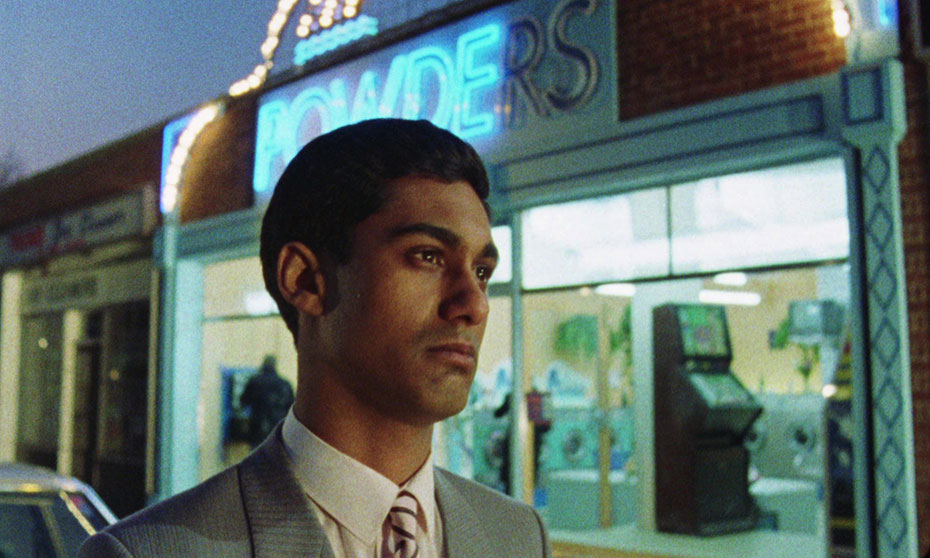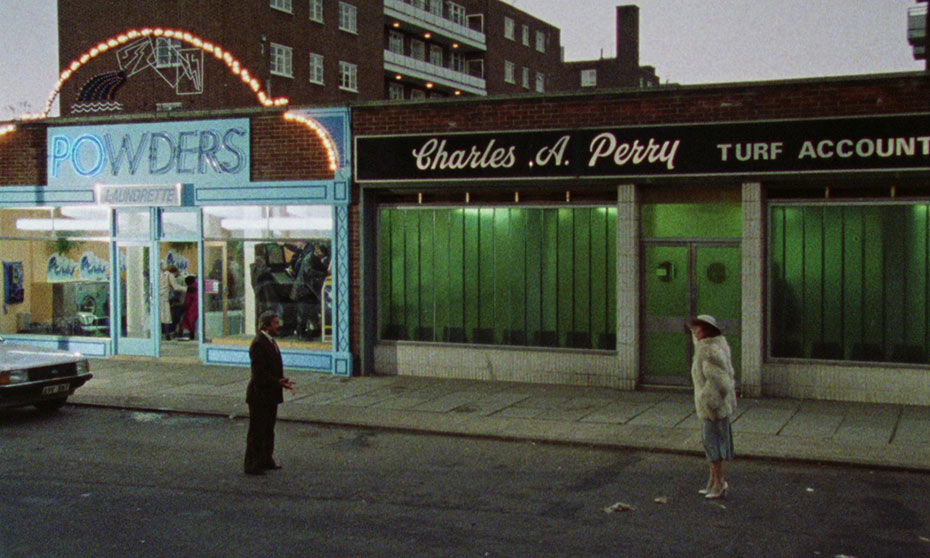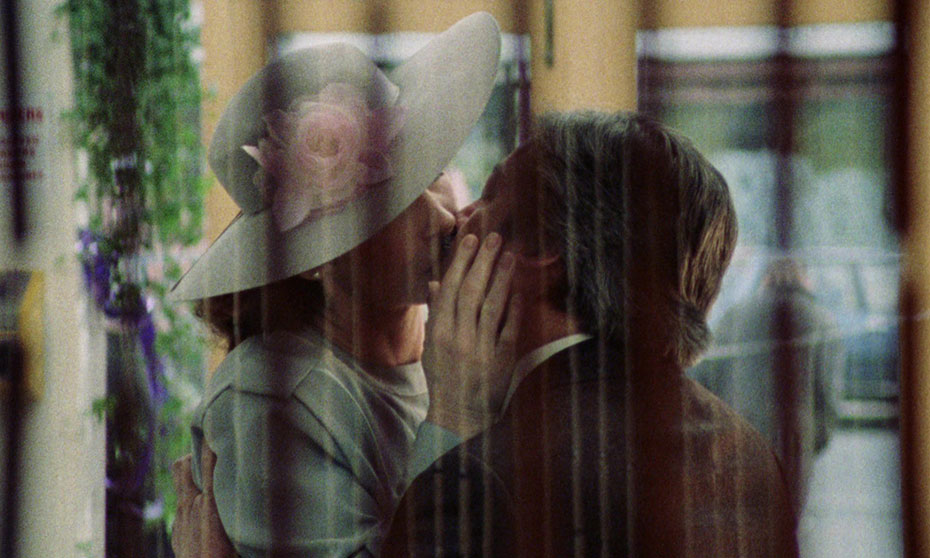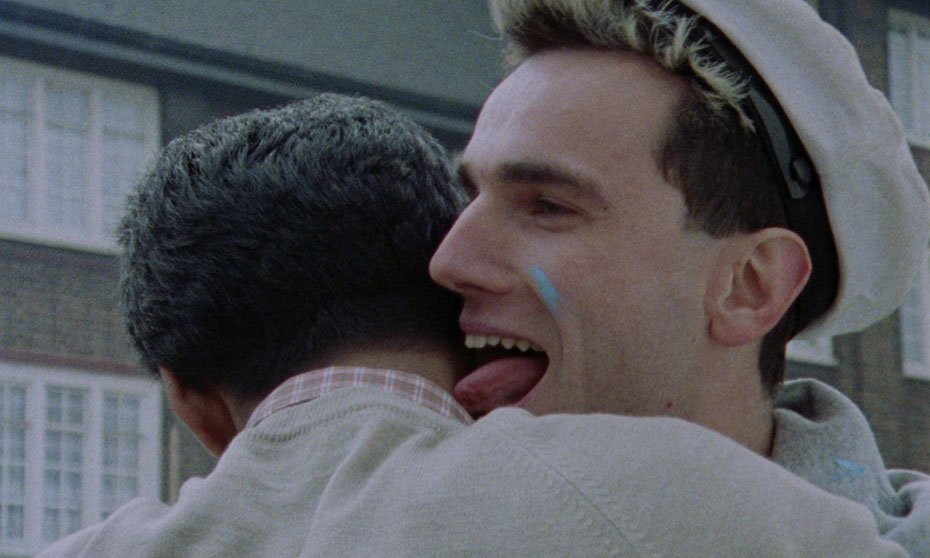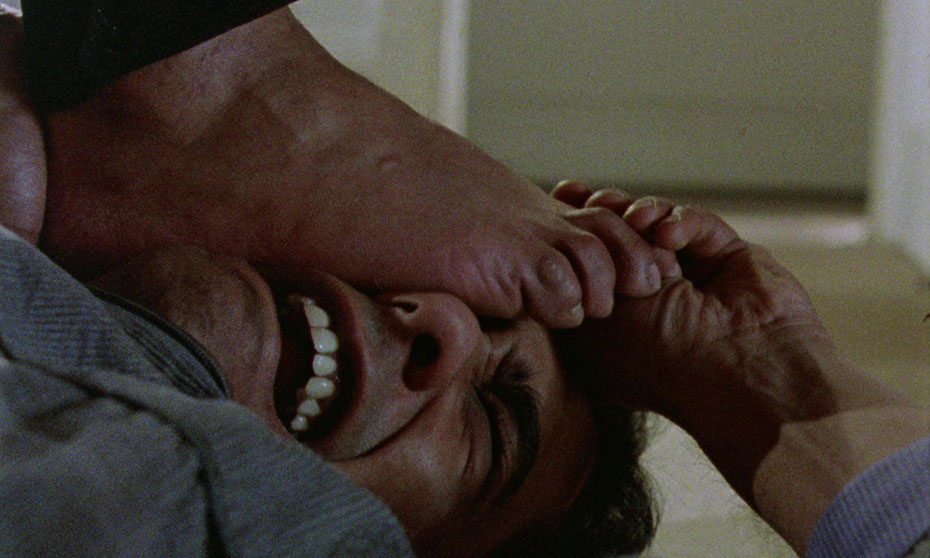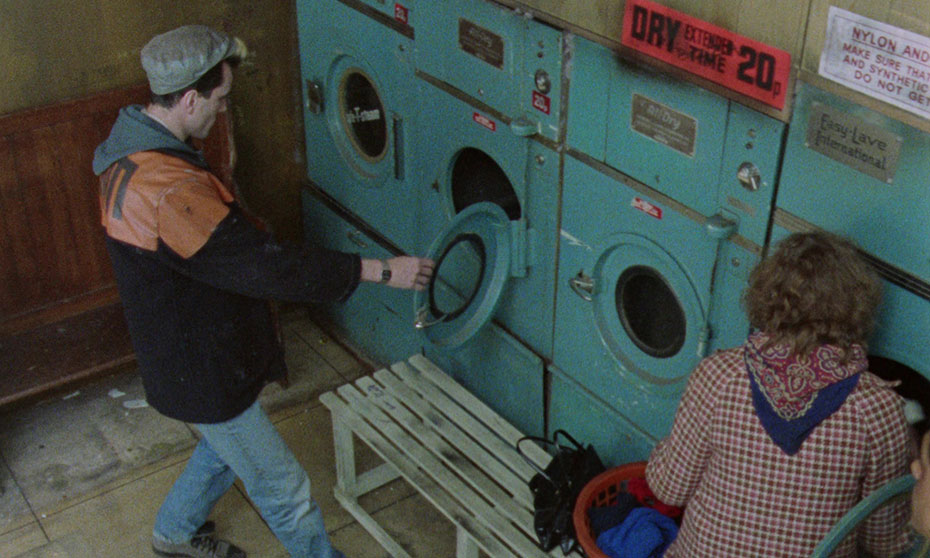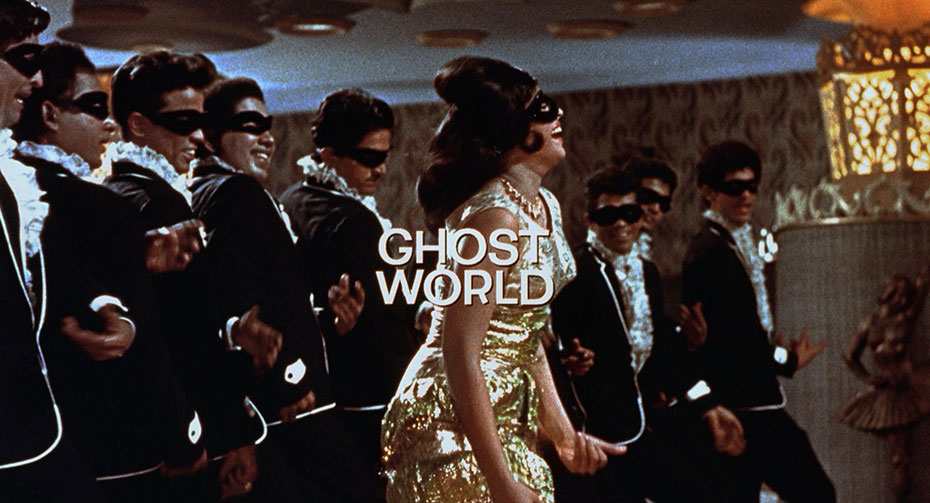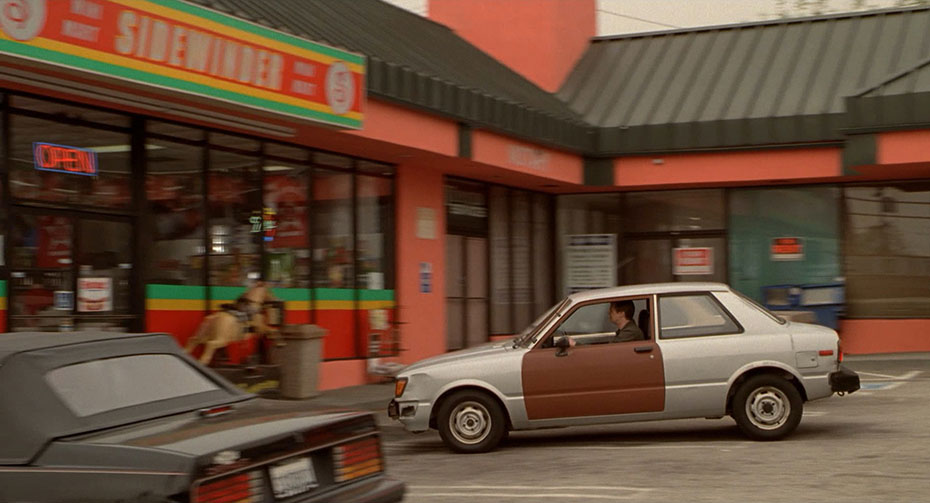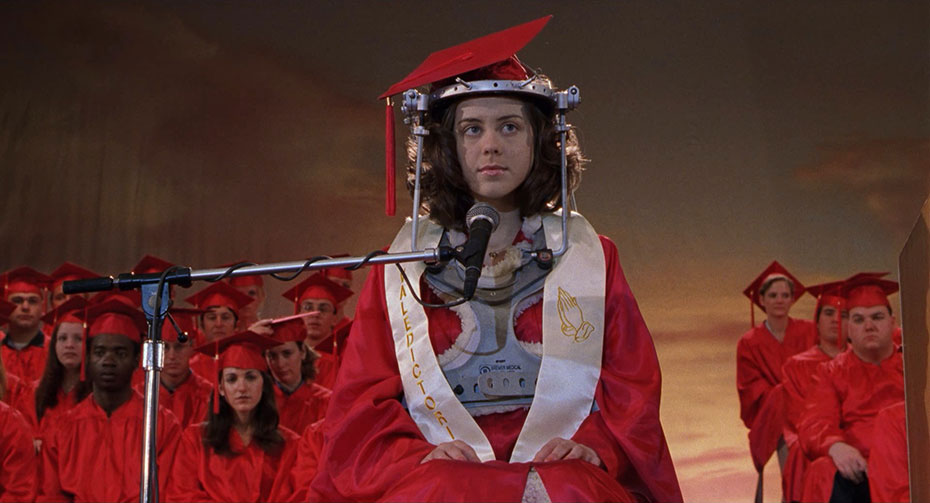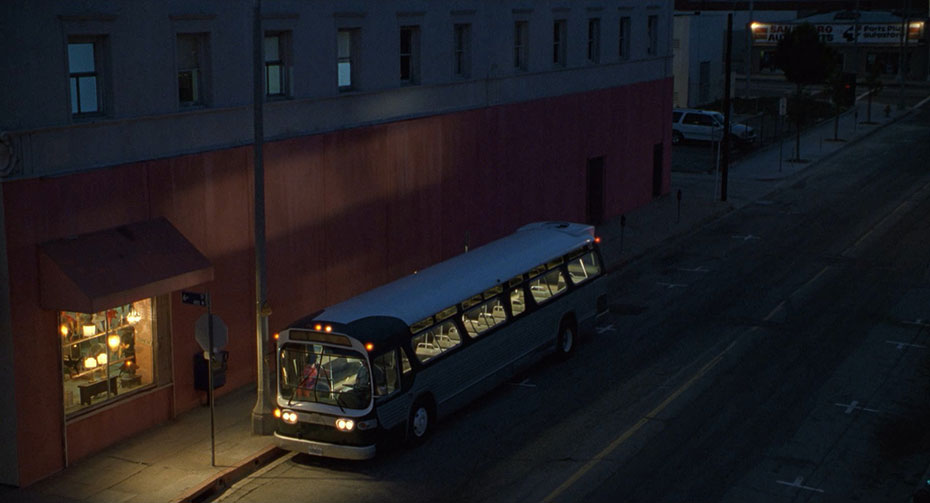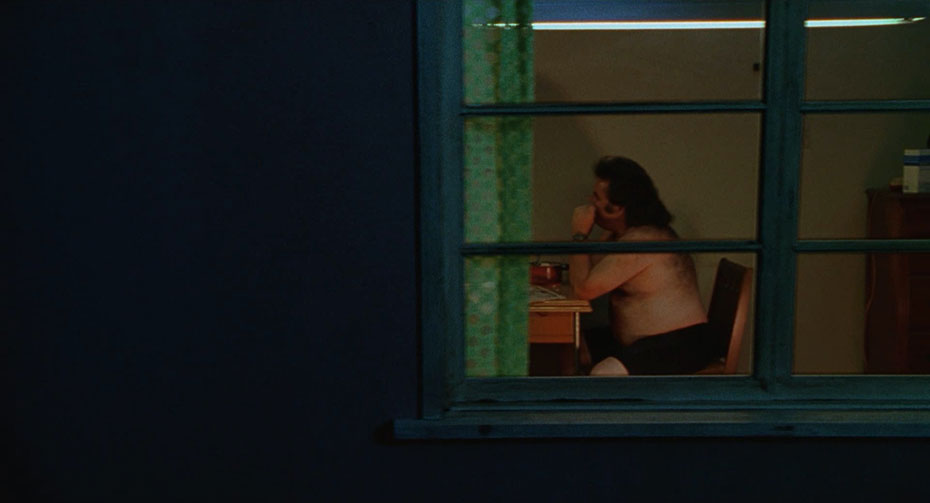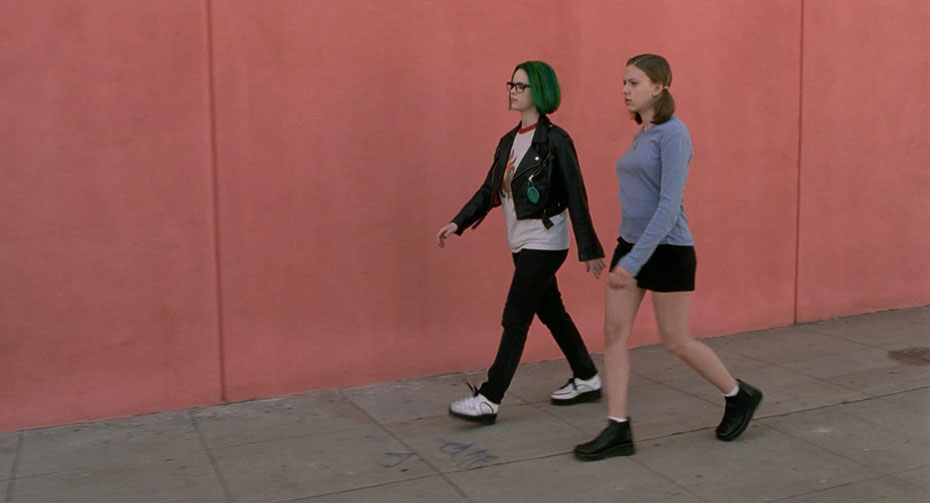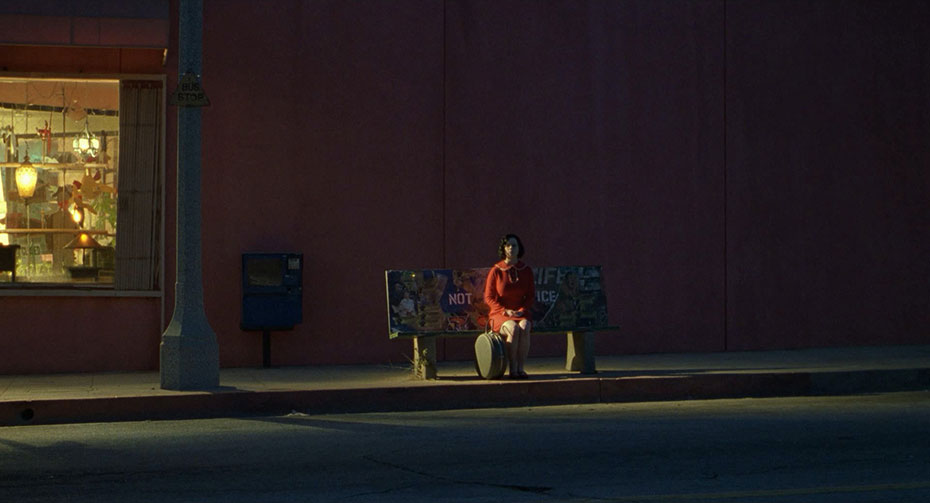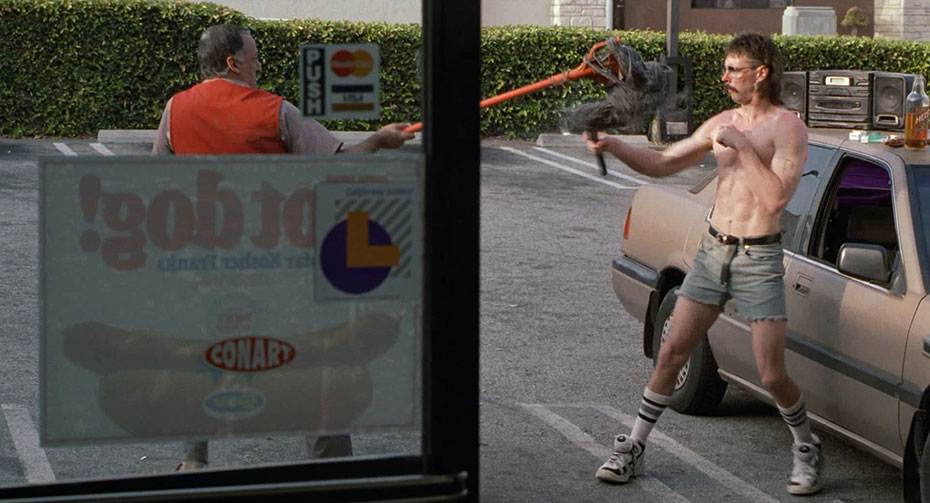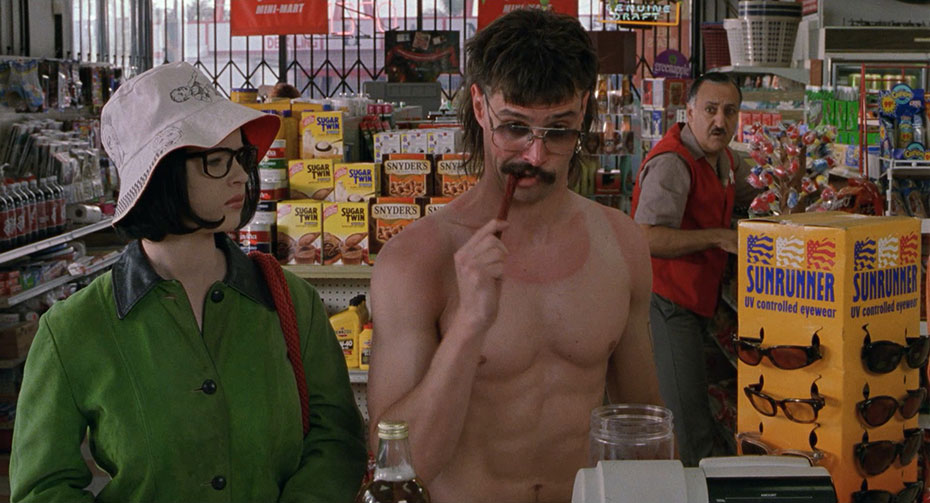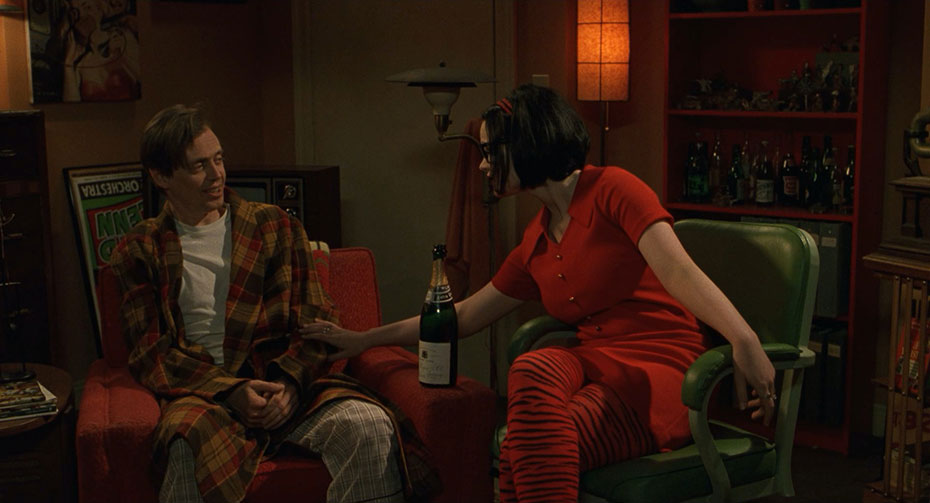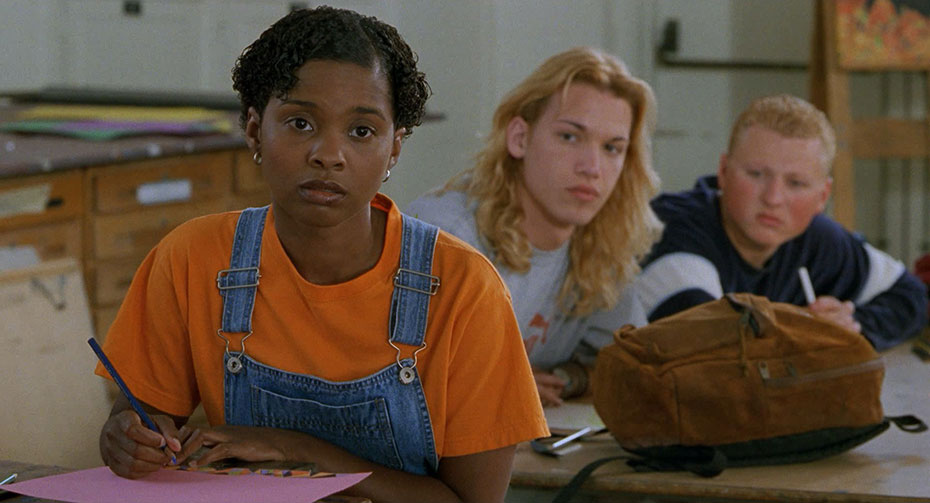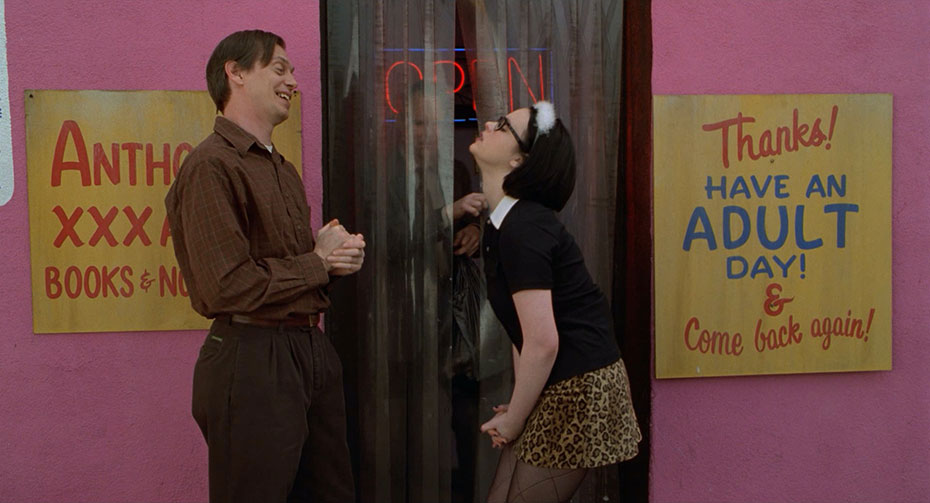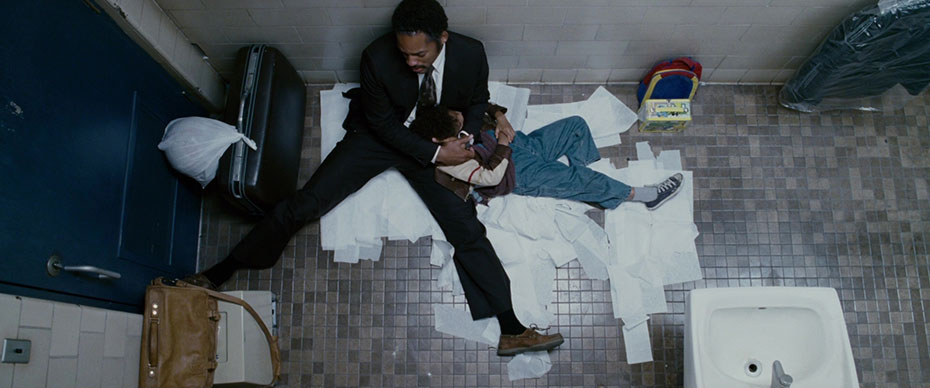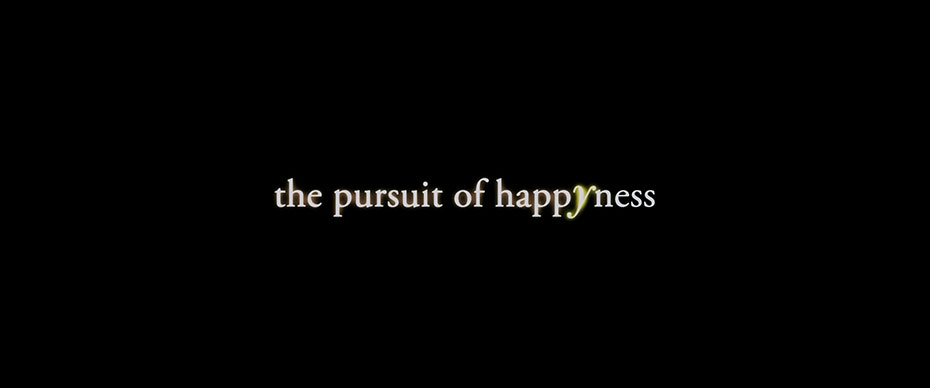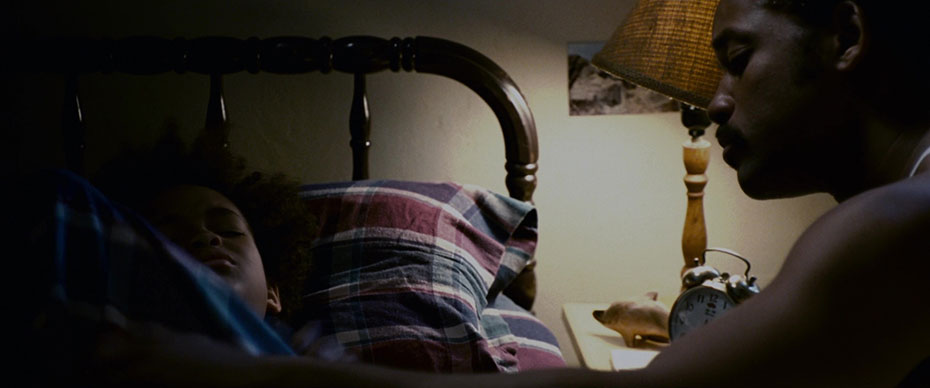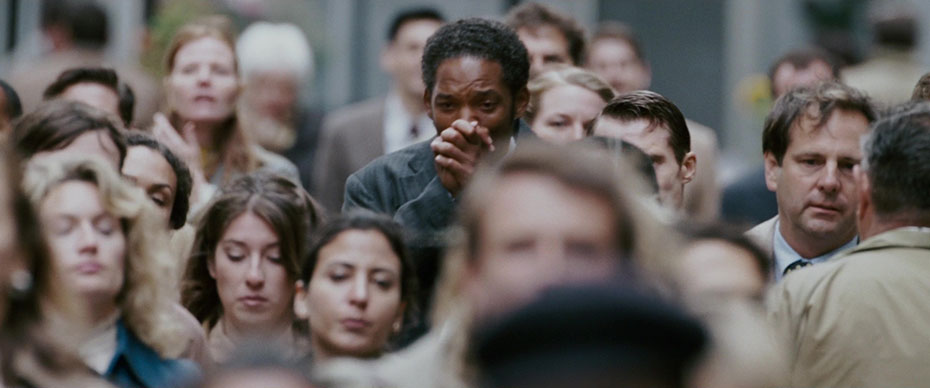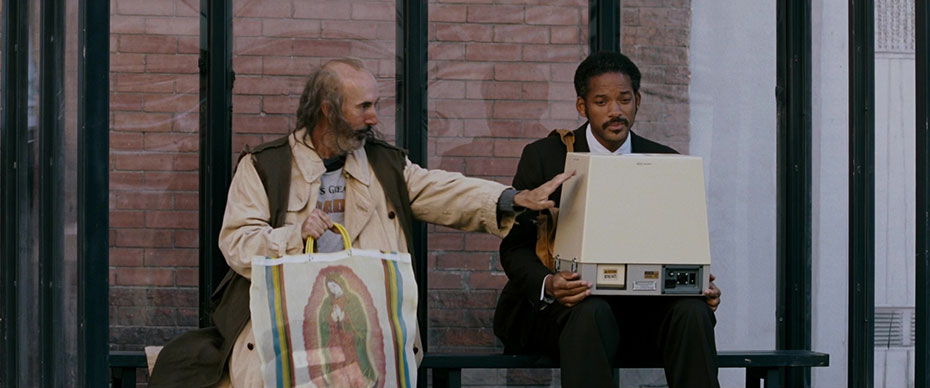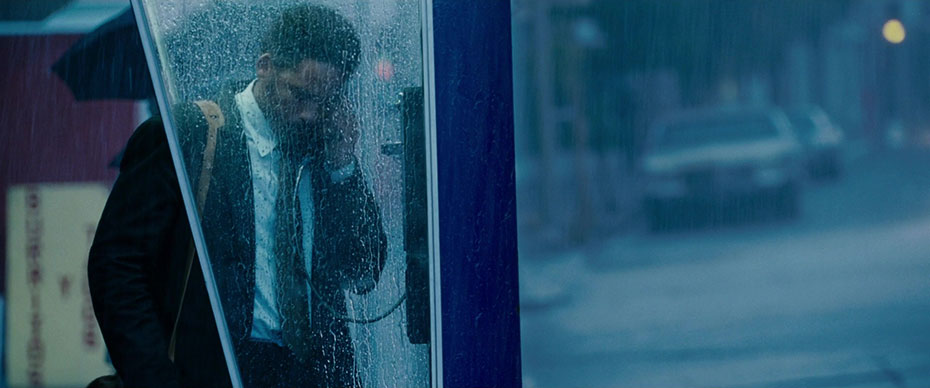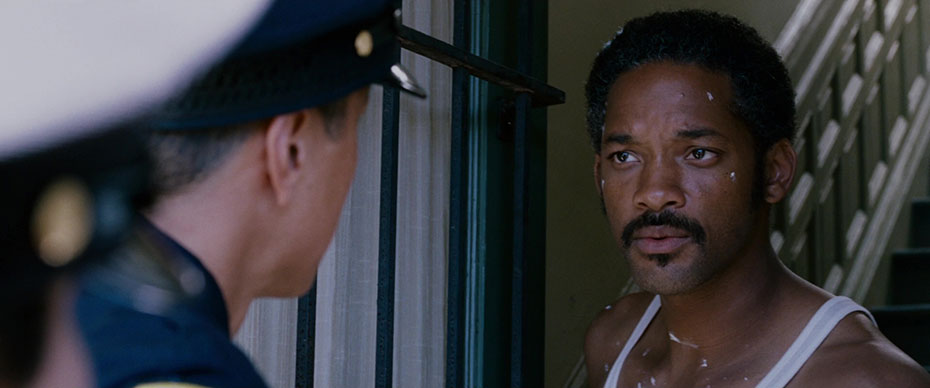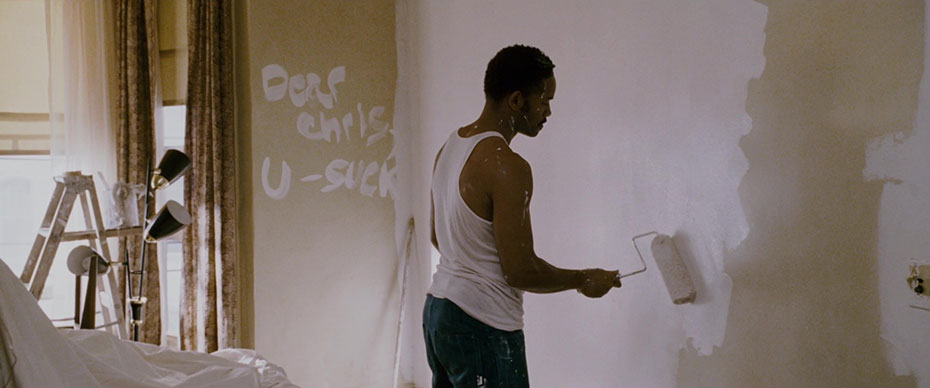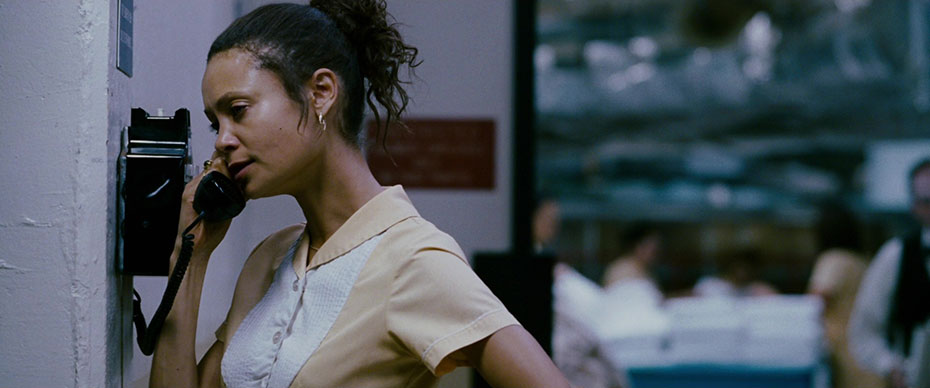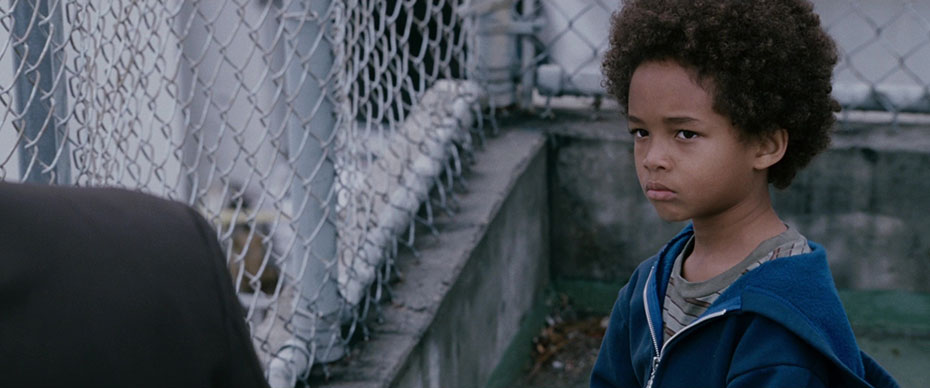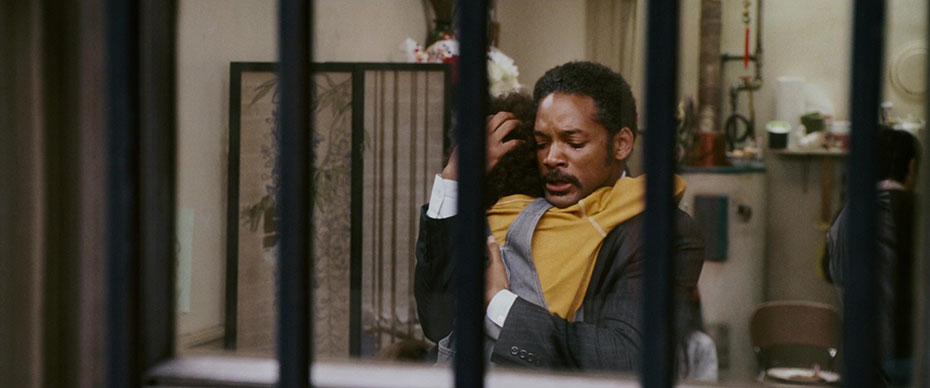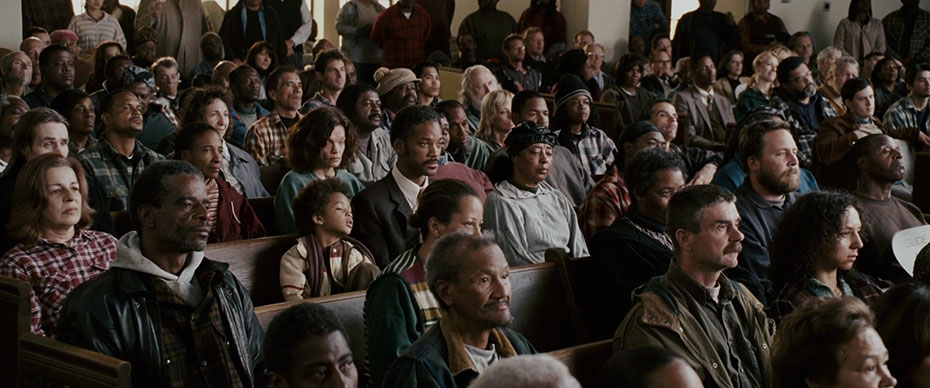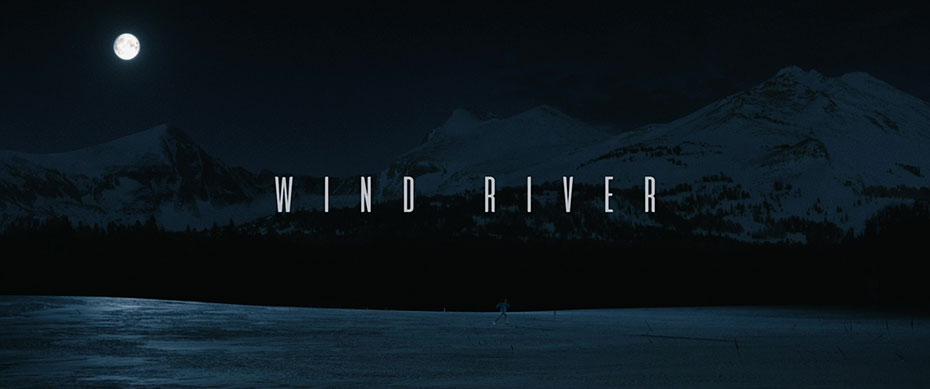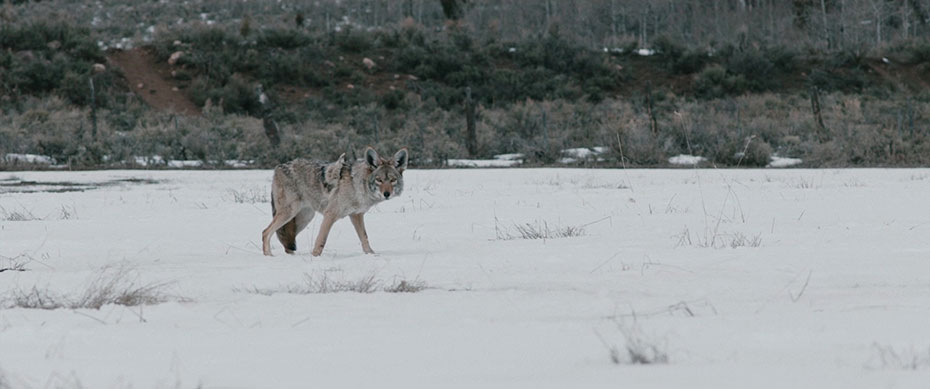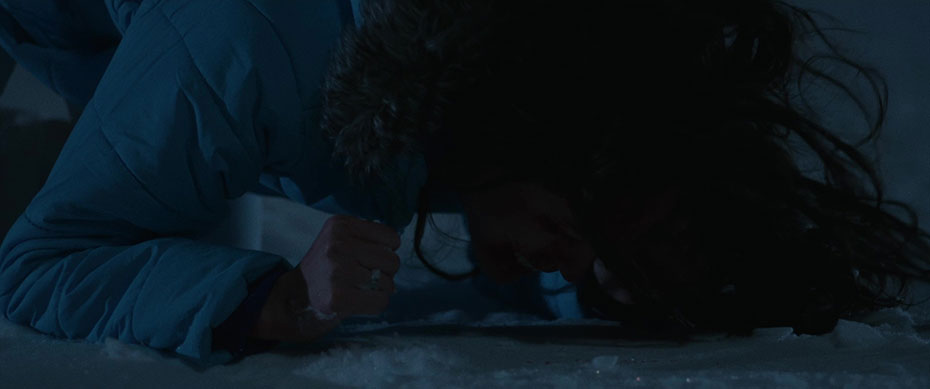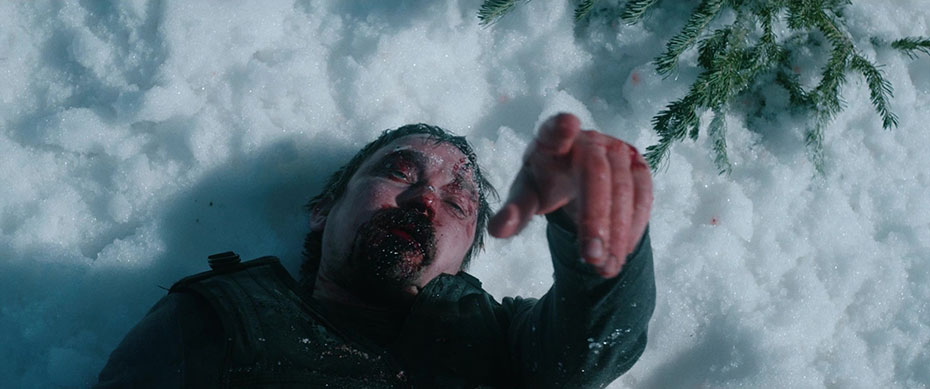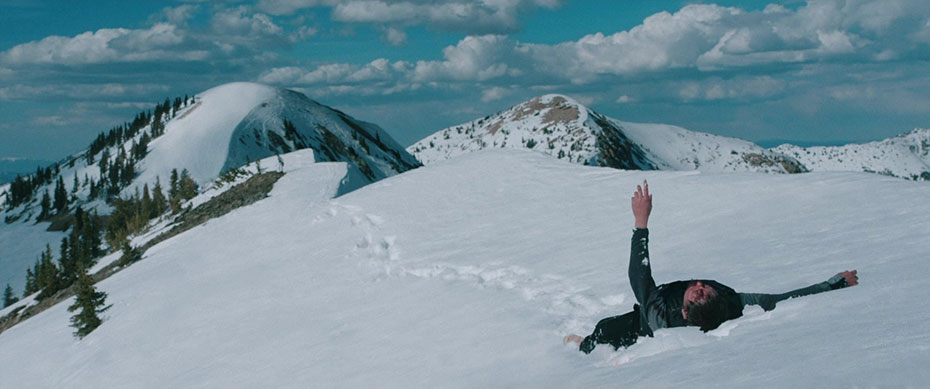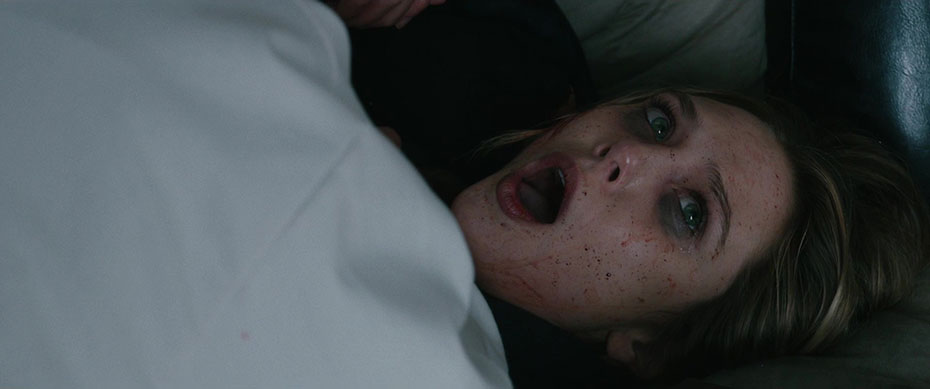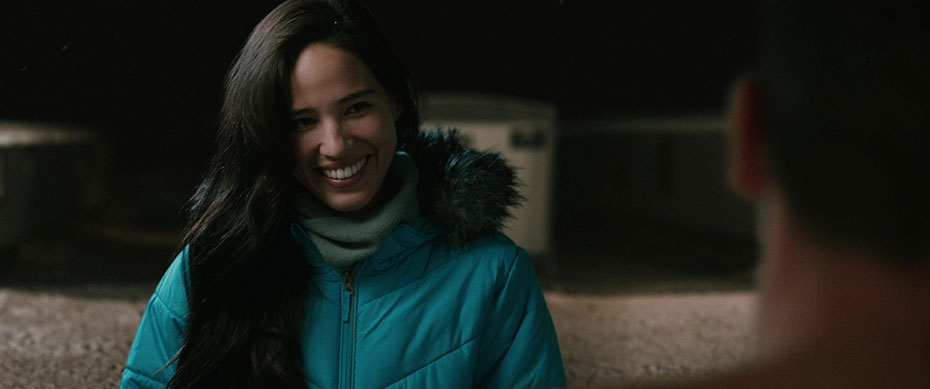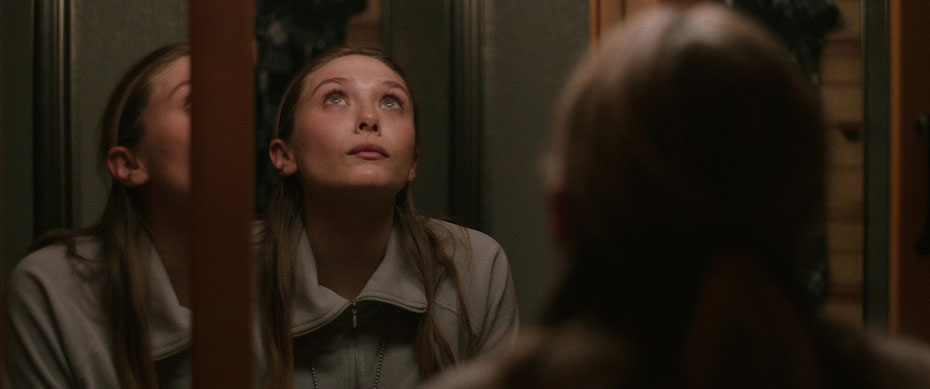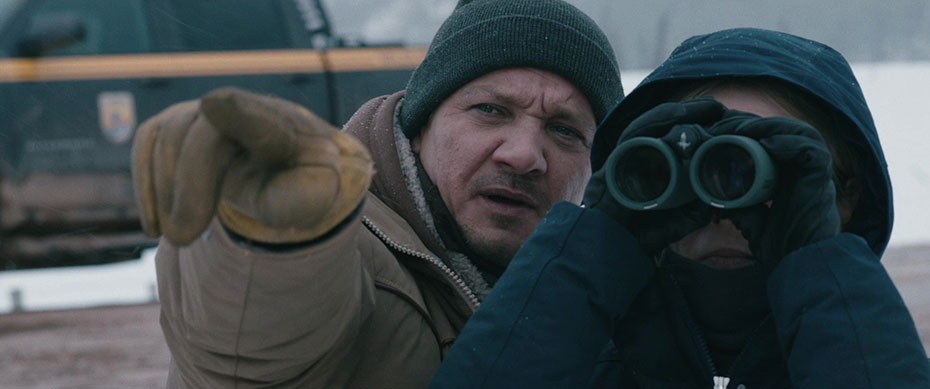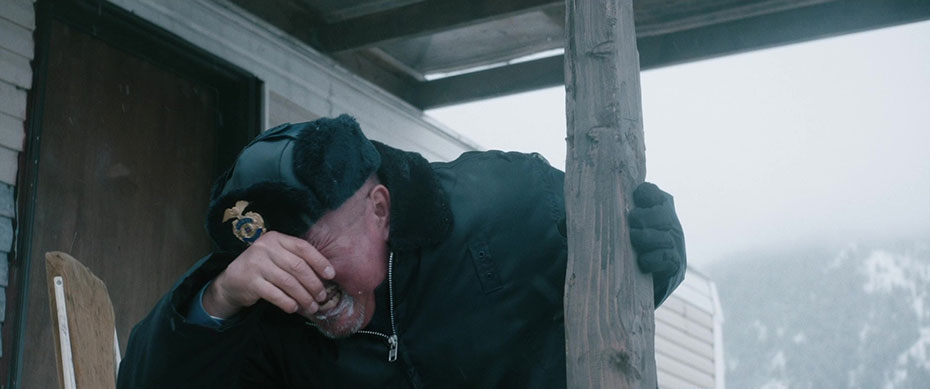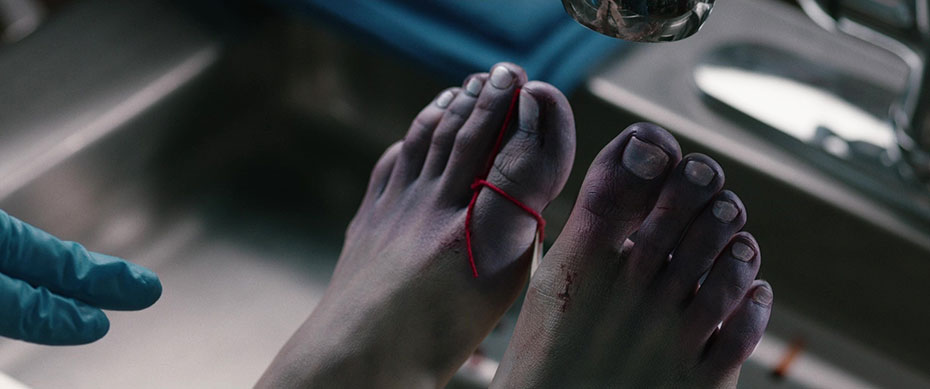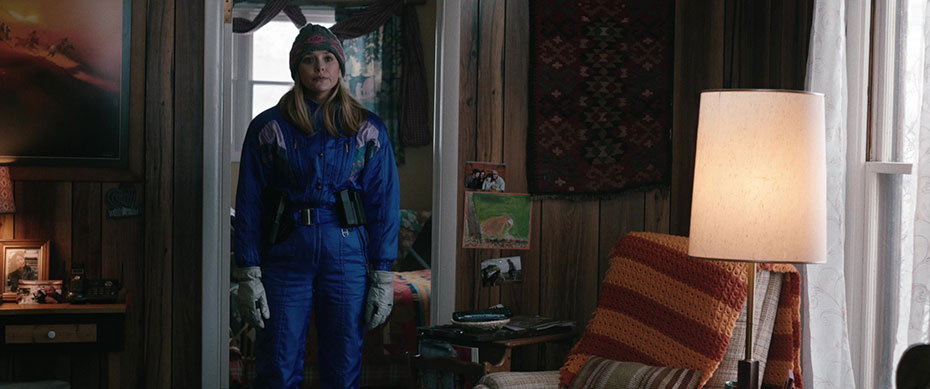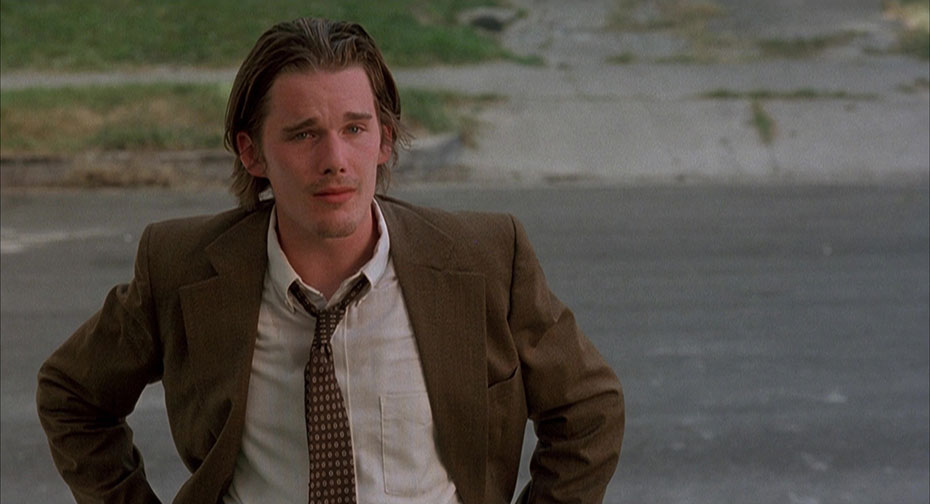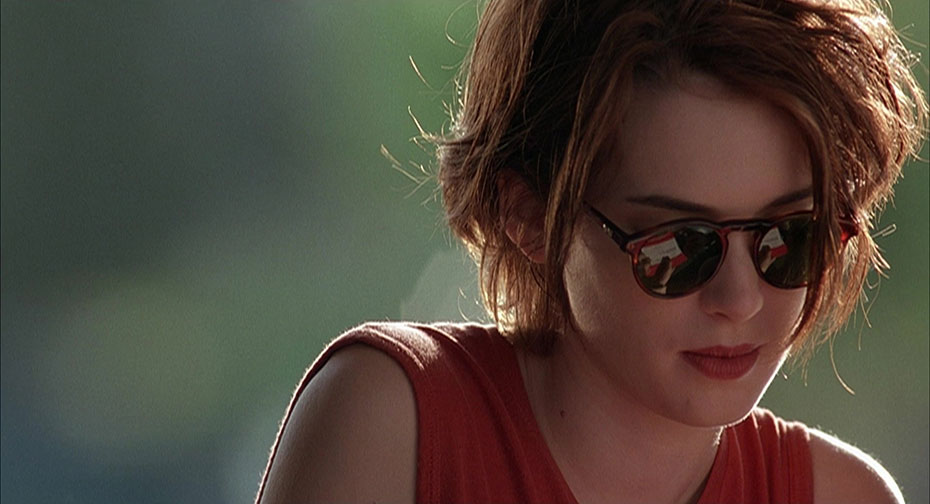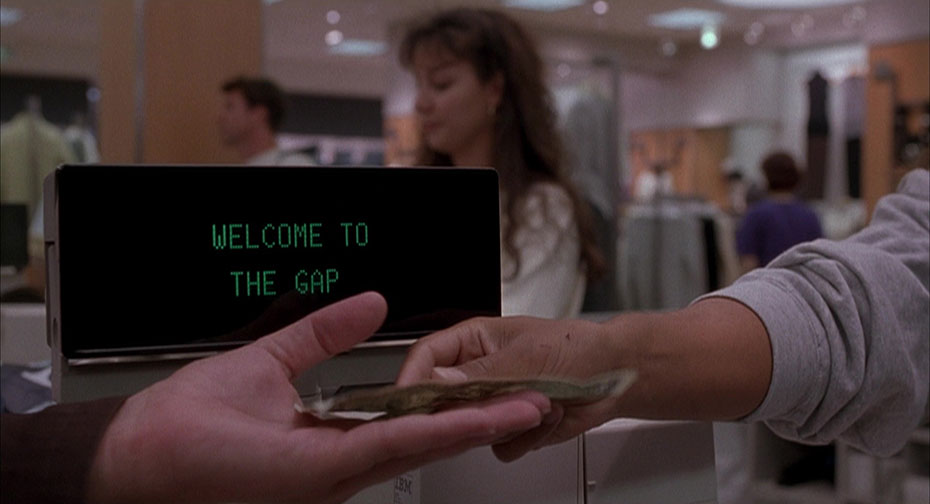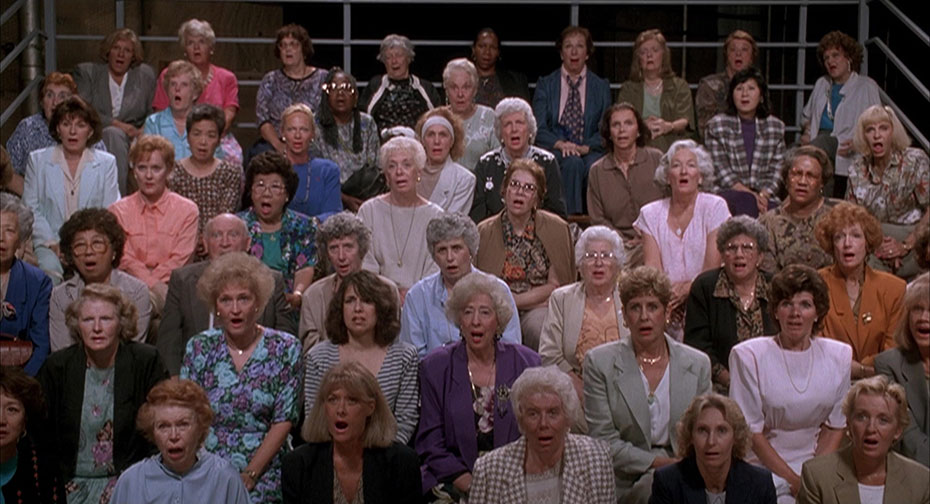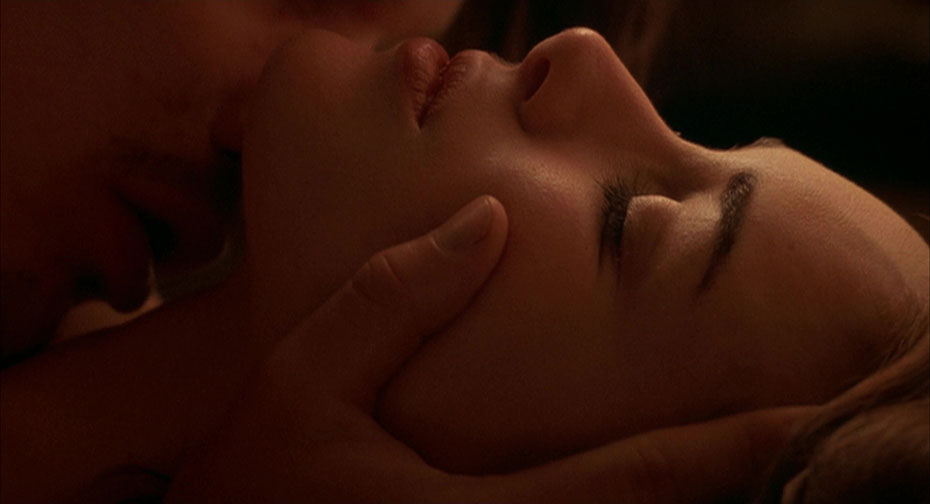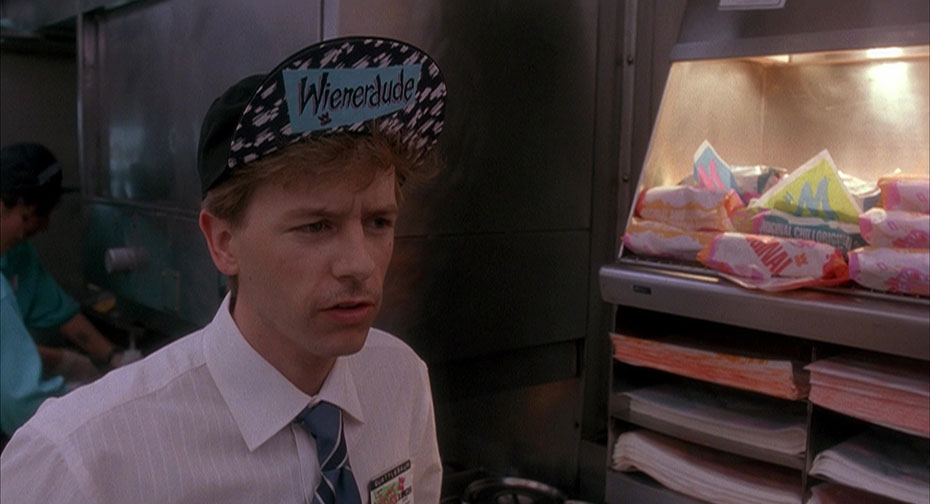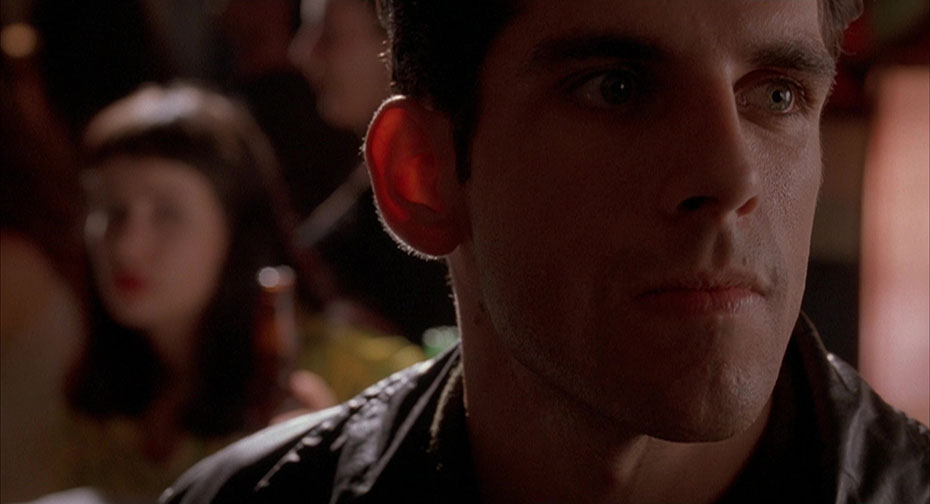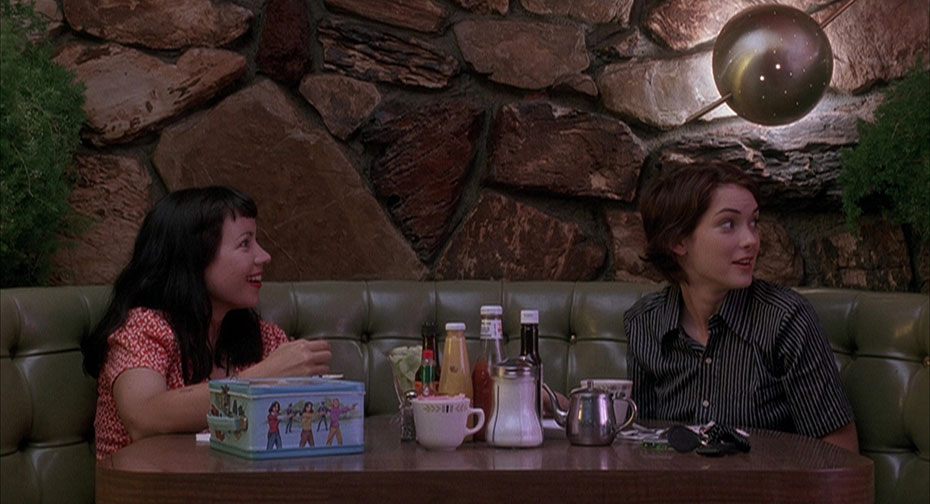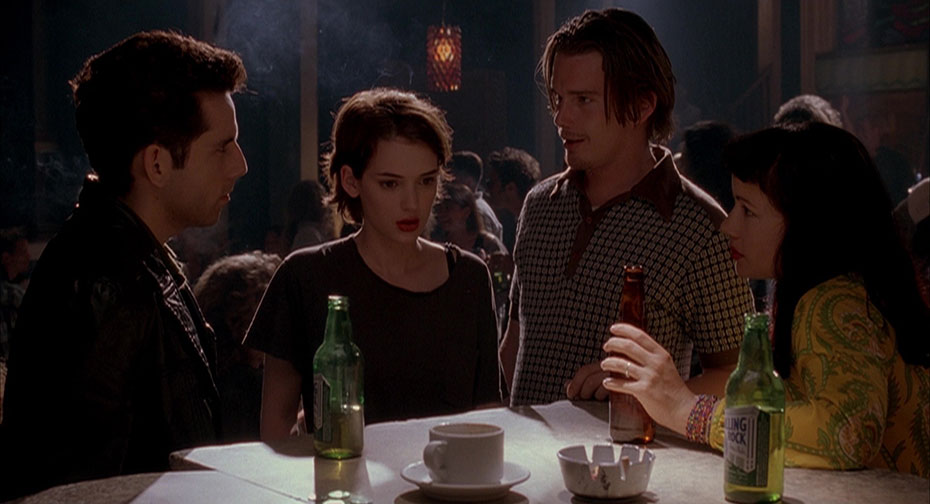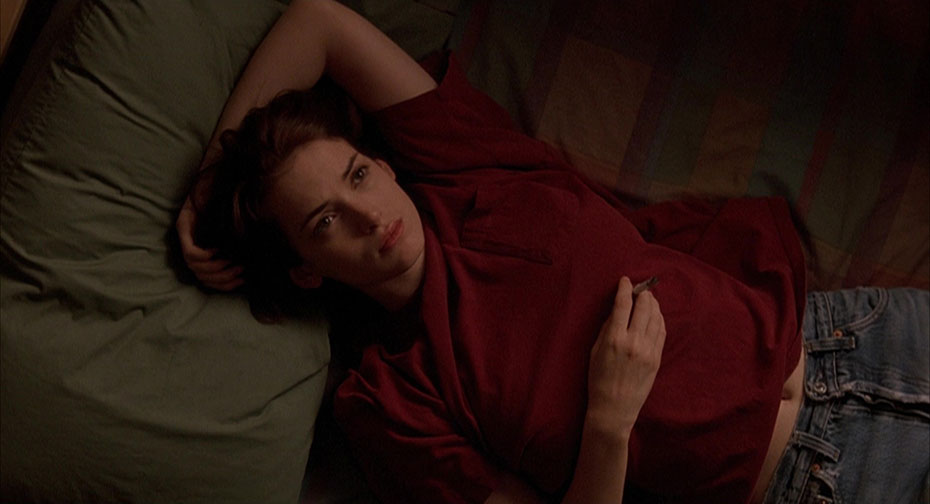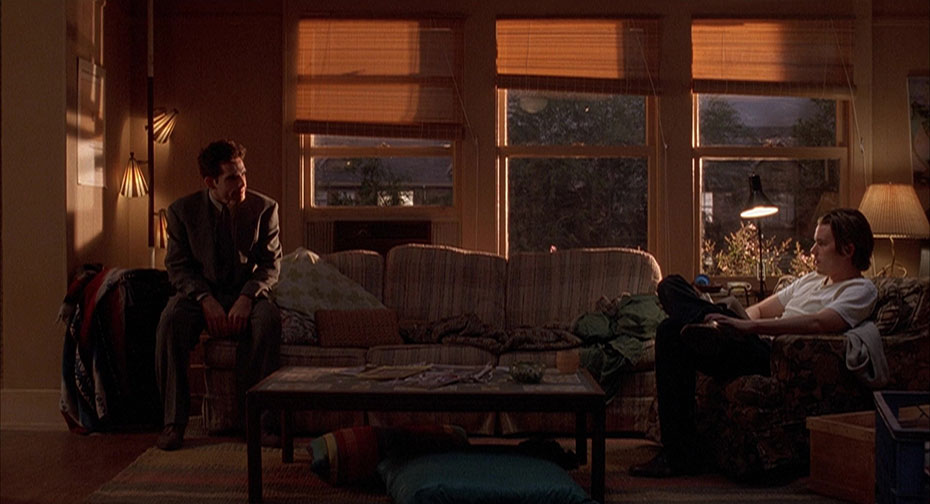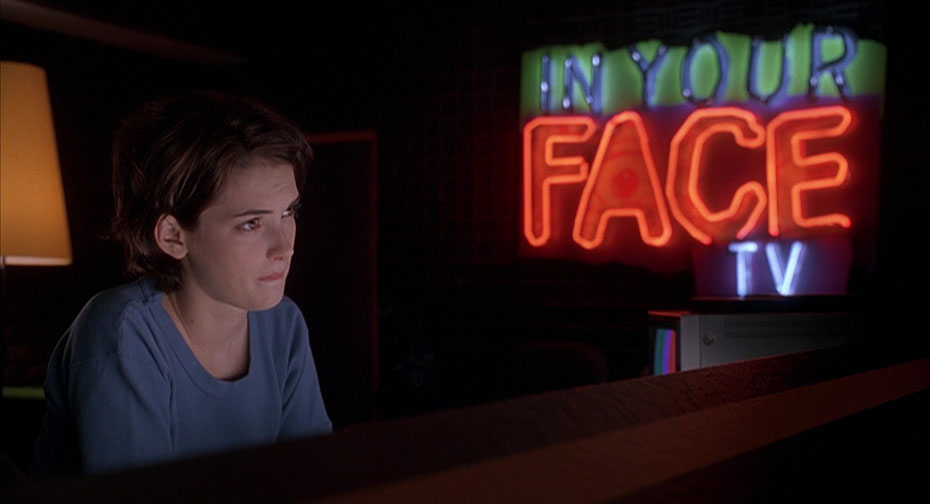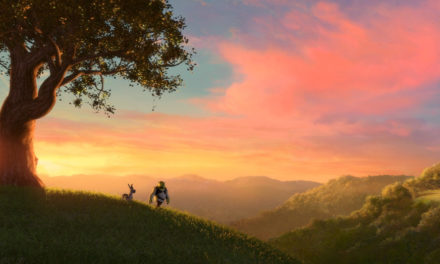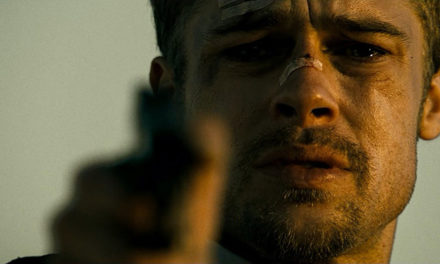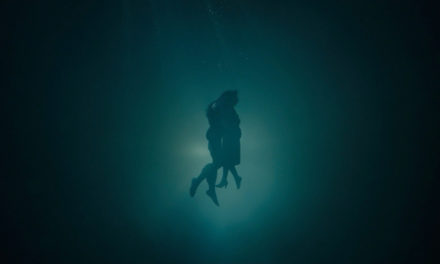THE TUESDAY DROP – 8/24
08.24.21 / New Shots
NEWS OF THE WORLD (2020)
Paul Greengrass’s eleventh feature film, NEWS OF THE WORLD, follows an aging Civil War veteran (played by Tom Hanks) who goes on a journey to return a young girl taken by the Kiowa people to her last remaining family. The film received four nominations at the Academy Awards, including Best Cinematography for Polish cinematographer Dariusz Wolski. Wolski’s work on News of the World was his first collaboration with Greengrass. Greengrass approached Wolski aiming to shoot News of the World in a different manner to his established style working with regular collaborator Barry Ackroyd. The pair used John Ford’s western The Searchers and Andrew Dominik’s The Assassination of Jesse James by the Coward Robert Ford as their reference points, and decided they wanted to maintain an “unknowing camera” through the story – one that “doesn’t know more than the characters in the story”. Wolski and Greengrass decided to shoot the entire film handheld and on Steadicam, using the Arri Alexa LF and Mini LF with a series of zoom lenses, but with a visual style that was more calm and composed than Greengrass’s signature docufiction look.
HAPPY TOGETHER (1997)
HAPPY TOGETHER is a romantic drama starring Leslie Cheung and Tony Leung, directed by Hong Kong filmmaker Wong Kar-wai. The film was nominated for the Palme d’Or and won Best Director at the Cannes Film Festival, and was regarded as one of the best films of the New Queer Cinema movement. Wong Kar-wai worked on Happy Together with long time collaborator Christopher Doyle, who had previously shot his films Days of Being Wild, Ashes of Time, Chungking Express and Fallen Angels. Doyle and Wong continued to push their collaged visual language in Happy Together. They chose to separate past and present visually by oscillating between black-and-white and color photography, and played with slightly adjusting frame rates and exposure levels to capture different moods through the couple’s relationship. The effect is a film that is never quite settled in its visual language, creating an overall sense of unease that reflects the mood under the surface of the relationship unfolding before us.
LET THE SUNSHINE IN (2017)
Claire Denis’s 2017 romantic drama LET THE SUNSHINE IN follows Isabelle (played by Juliette Binoche), a middle-aged Parisian artist and divorced mother who is looking for love and meets a series of different characters along the way. The film screened in the Director’s Fortnight section of the Cannes Film Festival and won the SACD Award. Denis worked on Let the Sunshine In with longtime collaborator Agnès Godard, who she first met working as Wim Wenders’s assistant director on Room 666. Godard described Let the Sunshine In as “a film of faces and words”, led by dialogue and dictated by a simple, “point-blank” shooting style that was a departure from their previous collaborations. Denis wanted to create “smooth, voluptuous” images that reduced elements in the frame down to their bare minimum and allowed scenes to play out longer. Godard worked with a minimal lighting set-up that included malleable LED strips (called “Boas”) and custom made Chinese lanterns that allowed her to create a soft, velvety lighting environment for the characters that afforded the actors as much freedom as possible.
BEAUTIFUL BOY (2018)
BEAUTIFUL BOY is a biographical drama directed by Belgian filmmaker Felix van Groeningen, in his English-language feature debut. The film stars Timothée Chalamet and Steve Carell as Nic and David Sheff, and follows a father’s attempt to save his son from his devolving methamphetamine addiction. Beautiful Boy was based on memoirs by both Nic and David Sheff, and premiered at the Toronto International Film Festival. Van Groeningen worked on the film with Ruben Impens. The pair had worked together on all of van Groeningen’s previous films. Impens and van Groeningen initially considered shooting Beautiful Boy on the Alexa 65, after Amazon Studios suggested the camera to them. But with limited prep time, and the time they needed to spend developing a relationship with their US-based crew, they opted to shoot on the Alexa SXT, given their comfort and familiarity with its S35mm sensor. Van Groeningen and Impens wanted a filmic look for the movie, but preferred a harder lighting style than was typical. However, they wanted the camerawork to be formal and relatively conservative, in order to give space for the performances. Moments of more expressionistic camera movement, such as a driving scene where the camera revolved around the car, ended up being cut out in the edit, despite the time and money spent developing them.
THE INVITATION (2015)
THE INVITATION is the fourth film from Karyn Kusama, and was written by her husband Phil Hay and writing partner Matt Manfredi. The Invitation follows a man who attends a dinner party hosted by his ex-wife, and starts to suspect that she and her new husband have sinister plans for the guests. Kusama worked on the film with Canadian cinematographer Bobby Shore, who she was working with for the first time. The pair used Thomas Vinterberg’s The Celebration and Akira Kurosawa’s High and Low as reference points, as well as 70’s paranoid dramas such as Three Days of Condor and The Parallax View. They wanted to create an organized, composed visual language which trapped characters in the frame and created a feeling that none of the characters in the film could be fully trusted. Shore chose to use very wide and very long lenses, in order to not give it a feeling of neutrality in its perspective. With a tight 20-day shooting schedule and 10-12 characters in almost every scene, Kusama and Shore extensively prepared to ensure that they could maintain a sense of visual logic while keeping the audience rooted in the central character’s POV. Framing “balance” was crucial to accomplishing this, and the film became an exercise in blocking as a tool for generating narrative tension.
MY BEAUTIFUL LAUNDRETTE (1985)
Stephen Frears’s 1985 film MY BEAUTIFUL LAUNDRETTE stars Gordon Warnecke as Omar, a young Pakistani-British man who has a reunion and eventual romance with his old friend, a skinhead named Johnny (played by Daniel Day-Lewis). The pair become the caretakers and managers of a laundrette owned by Omar’s uncle. The film was written by Hanif Kureishi, and also stars Saeed Jaffrey, Roshan Seth and Rita Wolf. My Beautiful Laundrette was shot by Oliver Stapleton, who at the time was mostly known for his work on rock music videos. Stapleton brought that element of flair to his camerawork, but wanted to photograph the film with a baseline level of naturalism that cinematographers such as Nestor Almendros and Sven Nykvist would bring. At the same time, Stapleton wanted to move away from the soft lighting techniques of commercial work of the era, opting for a more direct, hard light strategy with some exaggerated colors to turn what could have been a quiet, subtle drama into a film with a bit more subversiveness and flair.
GHOST WORLD (2001)
GHOST WORLD is a 2001 black comedy directed by Terry Zwigoff and starring Thora Birch, Scarlett Johansson and Steve Buscemi. The film follows Enid (Birch) and Rebecca (Johansson), two teenagers who face a rift in their relationship when Enid becomes interested in an older man (Buscemi) and decides to help him in his romantic life. Ghost World was nominated for an Academy Award in the Best Adapted Screenplay category, and though it had a quiet box office opening, has gone on to become a cult classic. The film was shot by Brazilian cinematographer Alfonso Beato, who was known for his collaborations with Pedro Almodóvar and Jim McBride. Though they were adapting a comic book, Zwigoff and Beato did not want the film’s visuals to feel like a comic – instead opting for a more naturalistic lighting and camera approach to capture the lives of their characters, particularly their melancholy teenage angst, as authentically as possible.
THE PURSUIT OF HAPPYNESS (2006)
THE PURSUIT OF HAPPYNESS is a 2006 drama starring Will Smith, based on Chris Gardner’s 2006 memoir of the same name. The film follows Gardner’s nearly one-year struggle with homelessness, while raising his young son and trying to make his way through the world of stock trading. The Pursuit of Happyness was nominated for an Academy Award in the Best Actor category for Smith. Muccino worked on the film with Greek cinematographer Phedon Papamichael, who was known for his collaborations with filmmakers such as James Mangold, Alexander Payne and Wim Wenders. With the film almost entirely shot on location throughout San Francisco, Muccino and Papamichael had a limited amount of control of the lighting and staging conditions with which they could shoot the film. This made portraying the 1980s period of the film more complicated. By carefully choosing interior and exterior locations that were established in the city, and selectively changing signage and key props, they were able to portray Gardner’s world with a light, naturalistic touch.
WIND RIVER (2017)
WIND RIVER is a neo-Western murder mystery drama written and directed by Taylor Sheridan. The film stars Jeremy Renner as a US Fish and Wildlife Service tracker and Elizabeth Olsen as an FBI agent, who try to solve a murder on the Wind River Native American Reservation in Wyoming. Wind River was nominated for three awards at the Cannes Film Festival, winning the Un Certain Regard prize for Best Director. Sheridan worked on the film with British cinematographer Ben Richardson, who at the time was known for his work on films such as Beasts of the Southern Wild and The Fault in Our Stars. The film was shot for a month on location in Utah. Sheridan and Richardson’s biggest challenge for both the production and the visual language of the film was its snowy landscape. Richardson embraced the “white on white” color palette of the film to capture the scale and starkness of the landscape, and used vintage Zeiss standard speed lenses due to their aberrations and inconsistencies.
REALITY BITES (1994)
REALITY BITES is a 1994 romantic comedy directed by Helen Childress and directed by Ben Stiller. It stars Winona Ryder as Lelaina, a filmmaker working on a documentary called Reality Bites about the disenchanted lives of her friends and roommates. The film also stars Stiller and Ethan Hawke. Reality Bites has become synonymous with the 1990s grunge scene in America, and has become a cult classic. The film was shot by Mexican cinematographer Emmanuel Lubezki, who at the time had shot films such as Sólo con Tu Pareja, Like Water for Chocolate and The Harvest. Reality Bites was Lubezki’s first Hollywood studio film, but he brought the same working style from his lower-budget projects to the shoot. Lubezki’s work on Reality Bites is characterized by his slow tracking shots and soft, natural lighting that creates a romanticism for being young in America.

